Coach Lost 100 Pounds Eating These 50 Nearly Zero-Calorie Foods

The age-old weight loss dilemma: How do you satisfy your hunger while cutting calories? Weight loss coach Dusty Young, who shed 100 pounds on his own journey, has cracked the code with a revolutionary approach that's taking social media by storm. The self-described "recovering fat kid" has compiled a game-changing list of 50 nearly zero-calorie foods that could transform your weight loss journey – and the best part? You can eat them virtually guilt-free.
"The math of weight loss is simple: you need to consume fewer calories than you burn," Young explains in his post. "But that doesn't mean you have to go hungry." His viral posts reveal a strategic approach to weight management that focuses on low-calorie, high-volume foods that keep you satisfied while maintaining a caloric deficit.
Young's method isn't just about what to eat – it's about how to eat smart. He advocates for loading up on nutrient-rich, filling foods that won't derail your calorie goals. His three-pronged strategy includes using these foods to bulk up meals, snacking on them between meals to manage hunger, and combining them with protein for lasting satiety.
Ready to transform your weight loss journey? Keep reading to discover all 50 zero-calorie foods (sorted by calories per 100g) that could change the way you think about dieting forever. Your path to sustainable weight loss starts here.
Cottage cheese (fat-free): 48 calories
Packed with protein and calcium, fat-free cottage cheese supports muscle maintenance and bone health. It's a creamy, satisfying addition to meals—spread it on toast, mix it into smoothies, or pair it with fruit for a balanced snack.
White fish (like cod): 48 calories
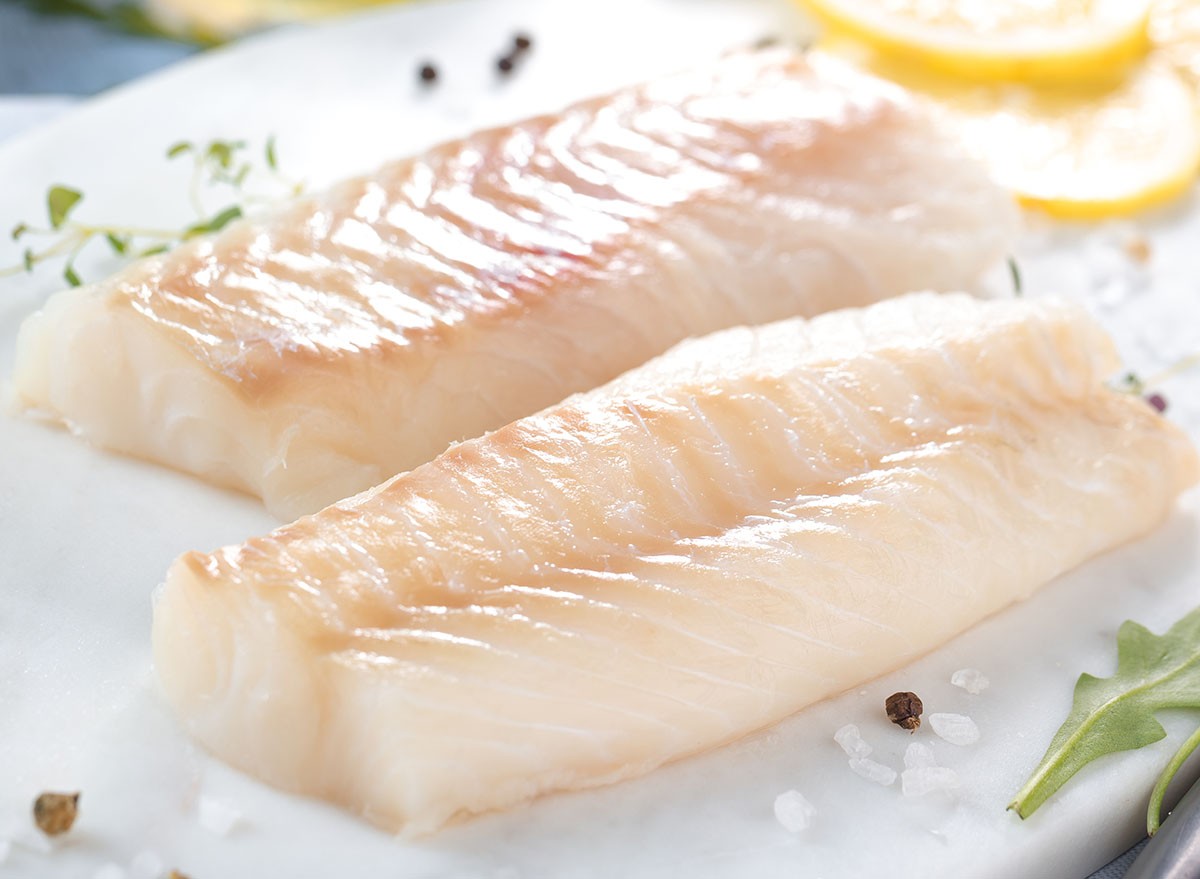
Lean, high in protein, and low in calories, white fish like cod helps build muscle while keeping you full. Try it grilled with lemon and herbs for a light but flavorful meal.
Cranberries (fresh): 46 calories
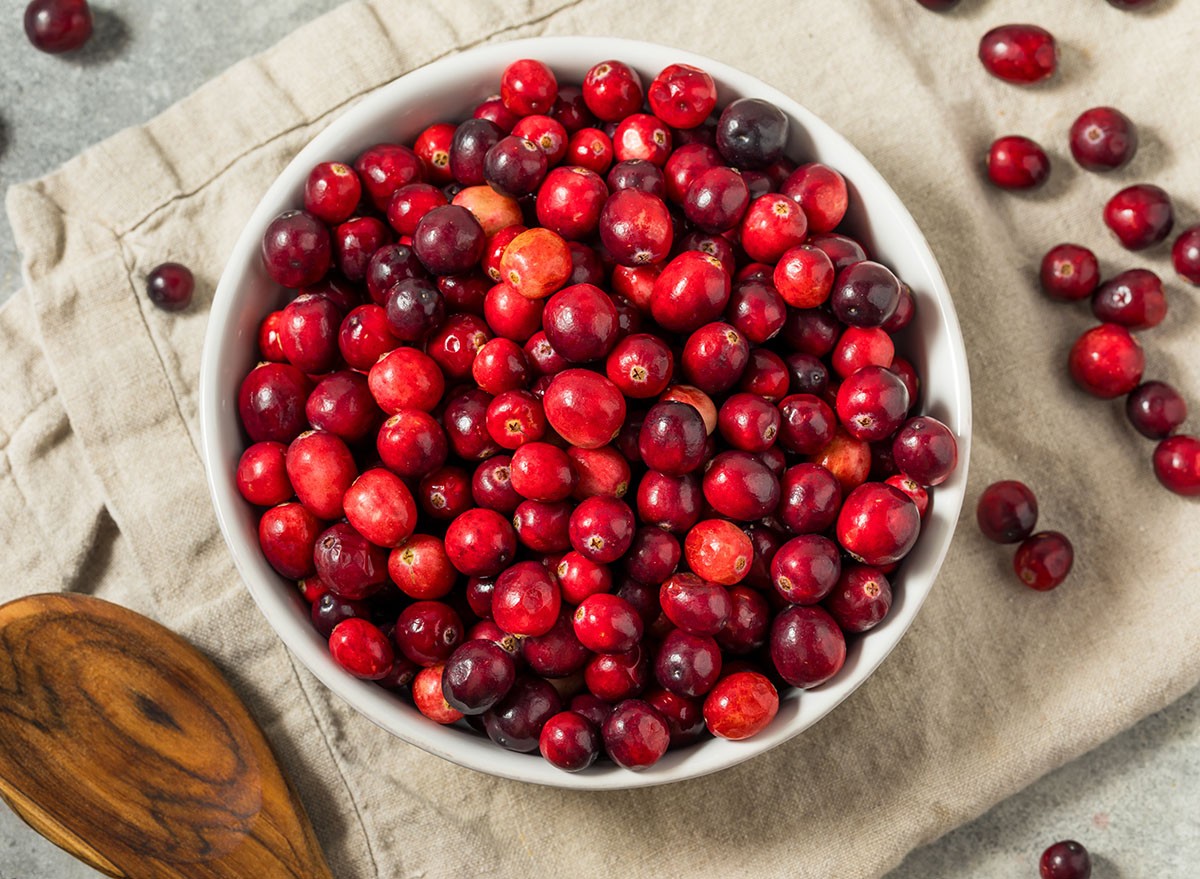
These tart little berries are loaded with antioxidants and vitamin C, great for immune support. Toss them into oatmeal, blend them into smoothies, or add them to a salad for a refreshing zing.
Raspberries: 45 calories
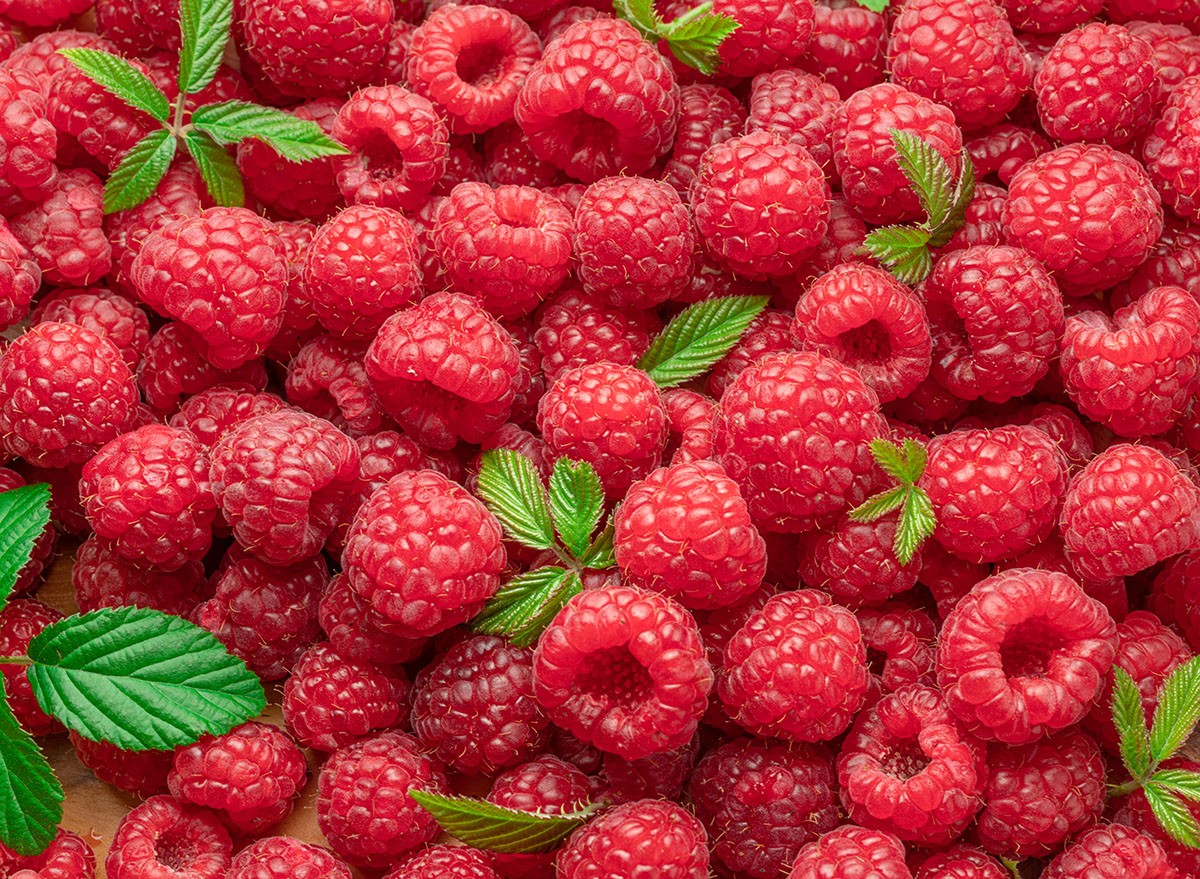
With a high fiber content and natural sweetness, raspberries keep digestion in check while satisfying sugar cravings. Sprinkle them on yogurt or enjoy a handful as a low-calorie snack.
Blueberries: 45 calories
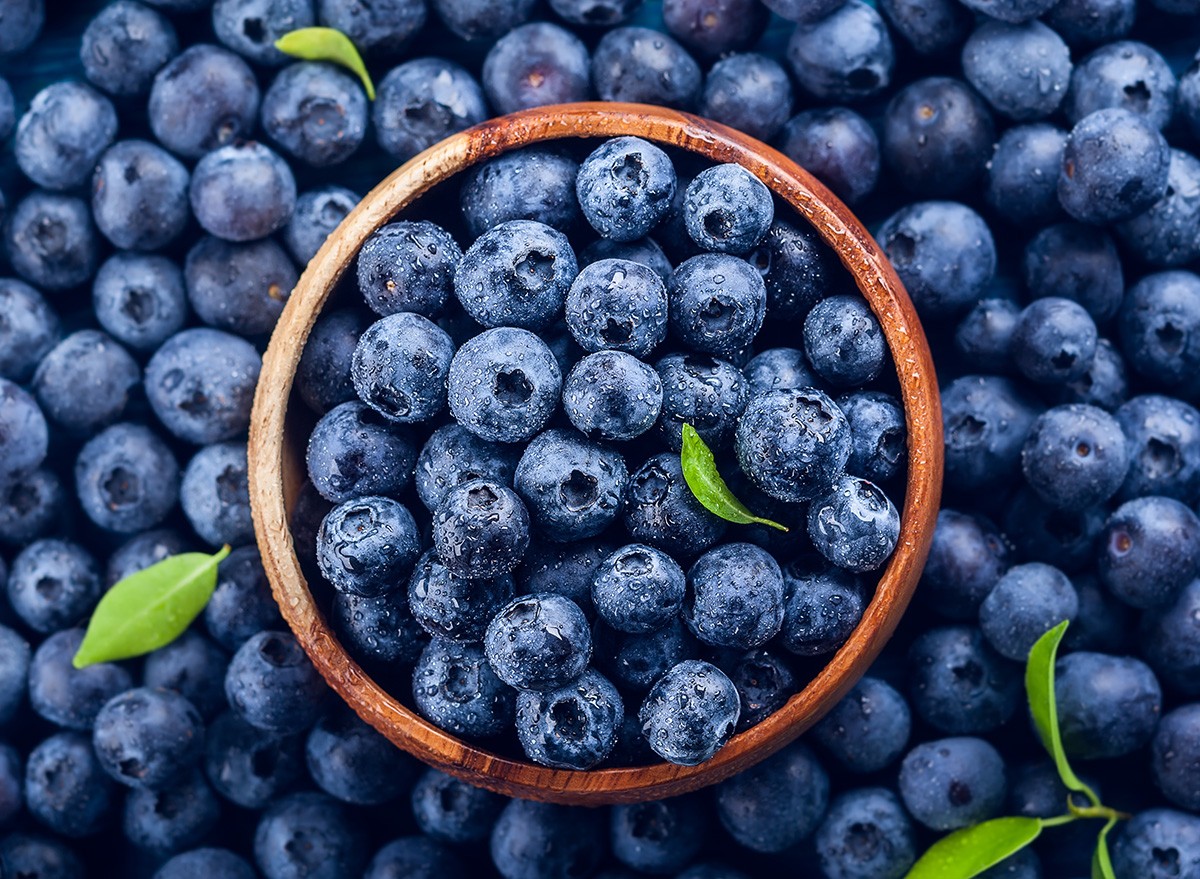
Known for their brain-boosting antioxidants, blueberries are also packed with vitamin C. Eat them fresh, frozen, or blended into a protein shake for an easy nutrition boost.
Edamame (boiled): 44 calories
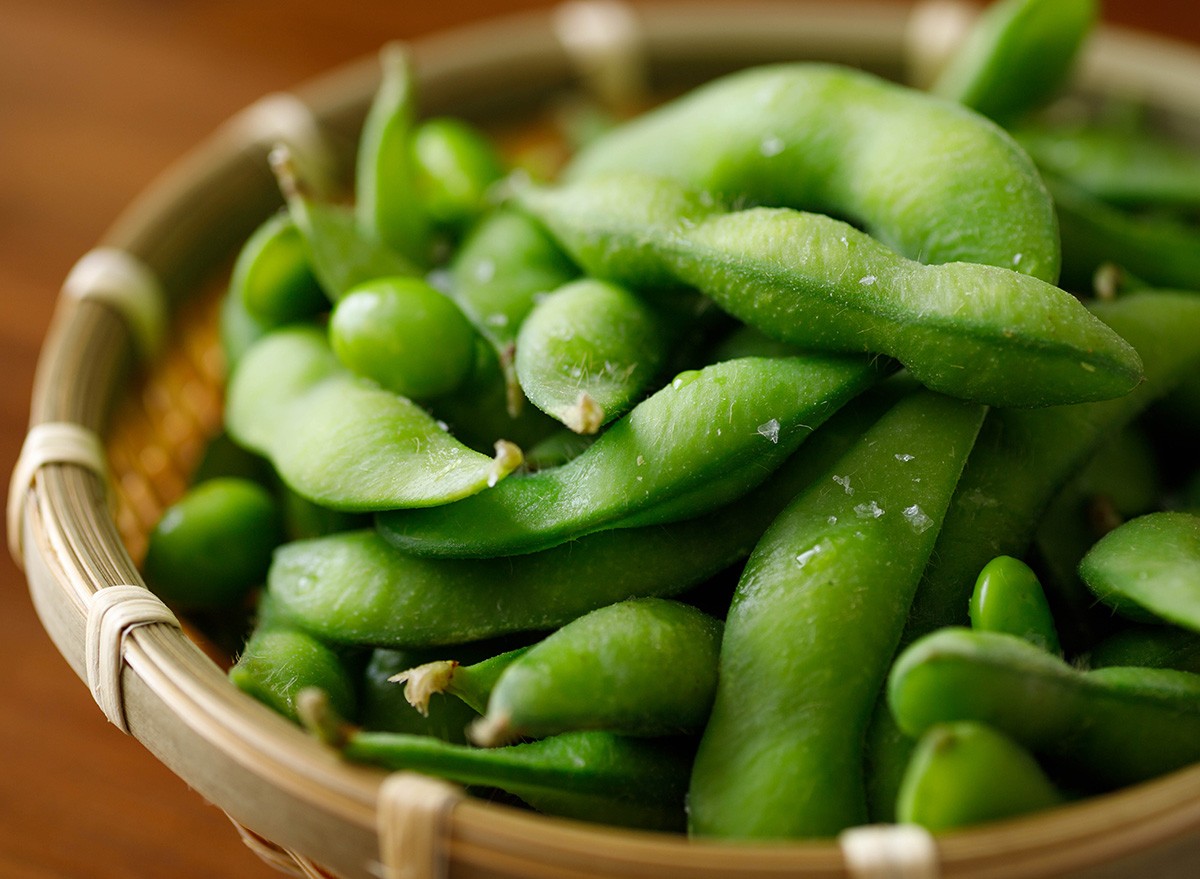
A plant-based protein powerhouse, edamame is rich in fiber and essential nutrients. Snack on them with a pinch of sea salt or toss them into salads for extra protein.
Brussels sprouts: 43 calories
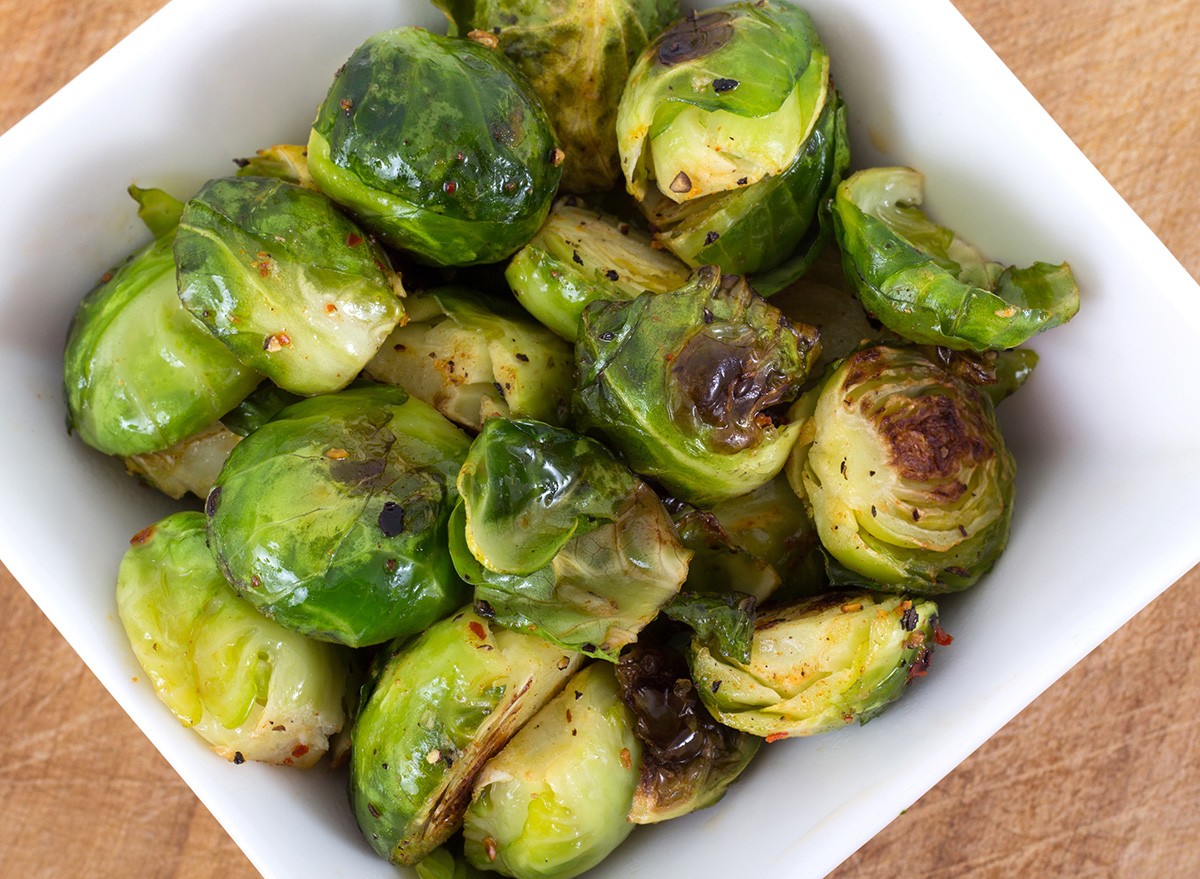
These mini cabbages are loaded with fiber, vitamin K, and antioxidants that support digestion and overall health. Roast them with olive oil for a crispy, caramelized side dish.
Blackberries: 43 calories
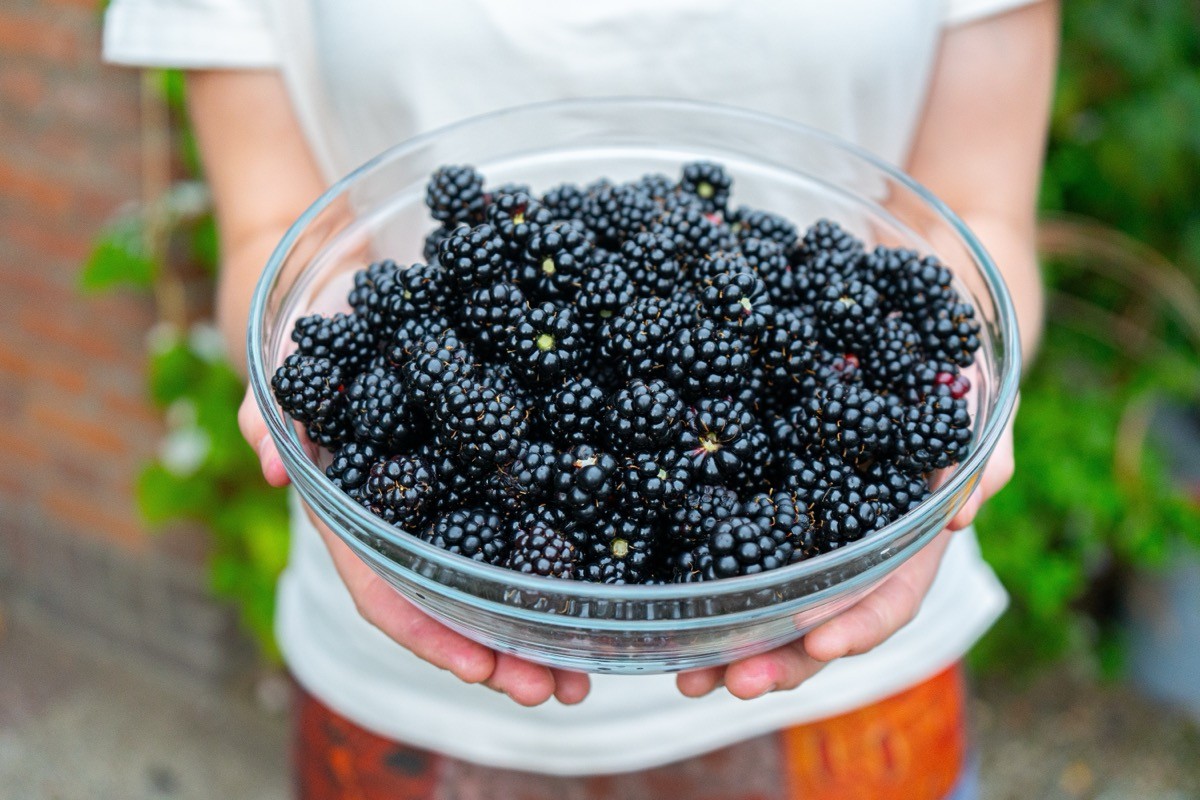
A fiber-rich berry packed with vitamin C, blackberries help with digestion and immune function. They taste great in smoothies, yogurt, or straight out of the container.
Papaya: 43 calories
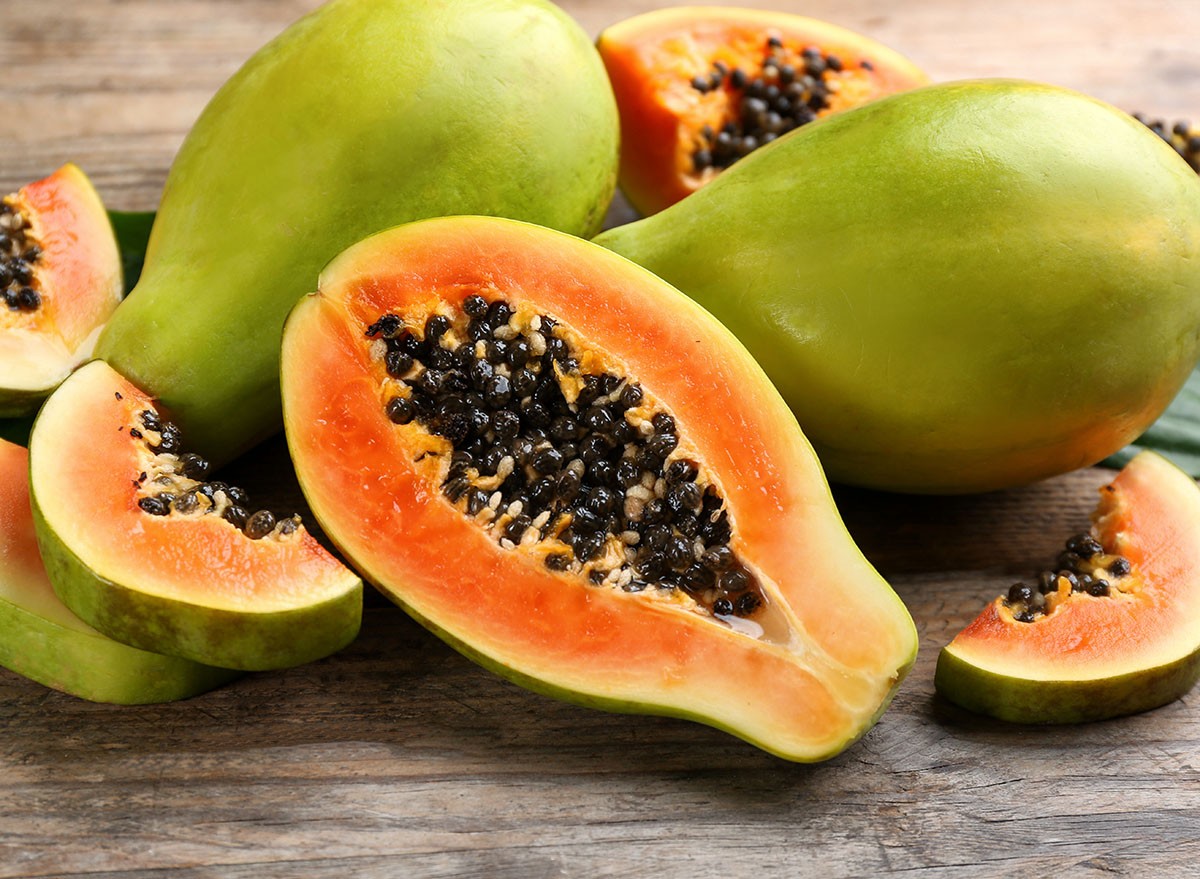
This tropical fruit is full of vitamin C and digestive enzymes that support gut health. Enjoy it fresh, blended into a smoothie, or sprinkled with a dash of lime juice.
Sugar snap peas: 42 calories
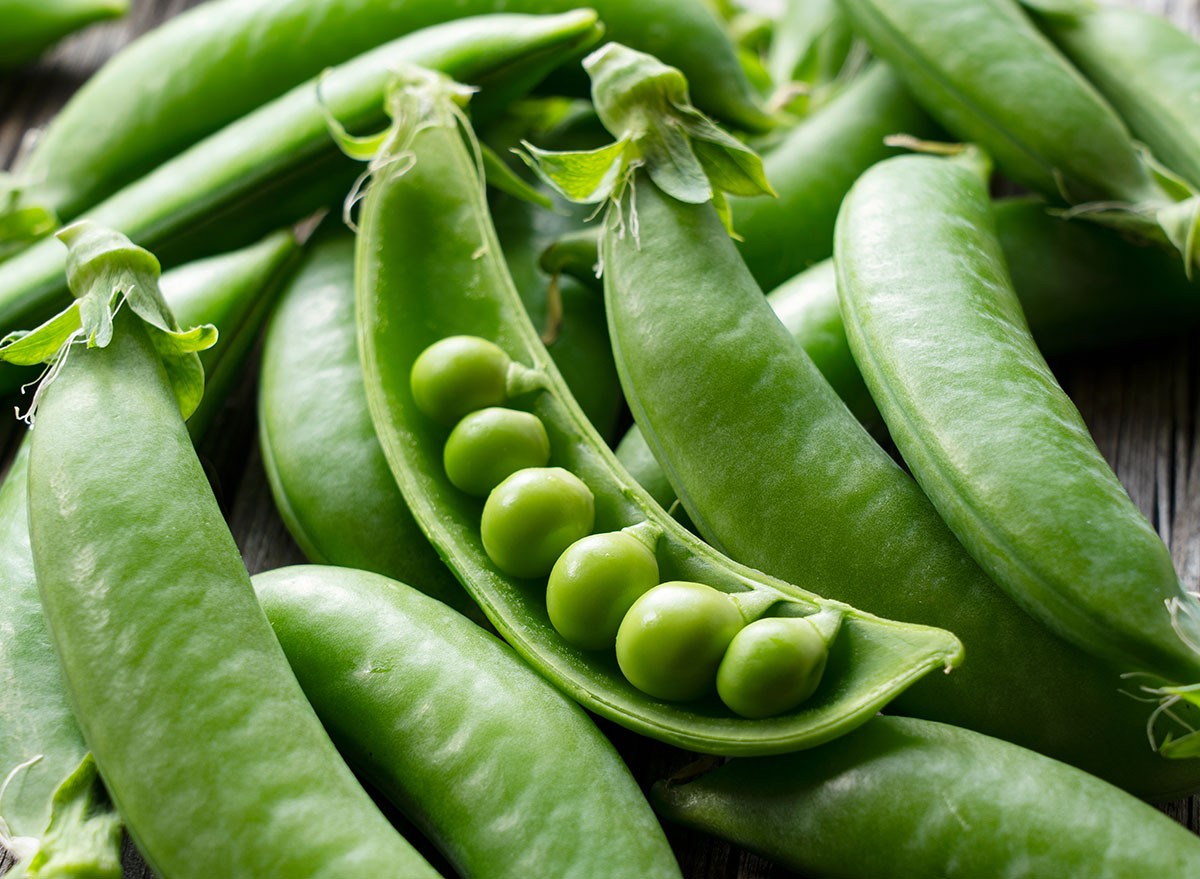
Crunchy, naturally sweet, and full of vitamin C, sugar snap peas make the perfect guilt-free snack. Eat them raw or toss them into stir-fries for extra texture.
Grapefruit: 42 calories
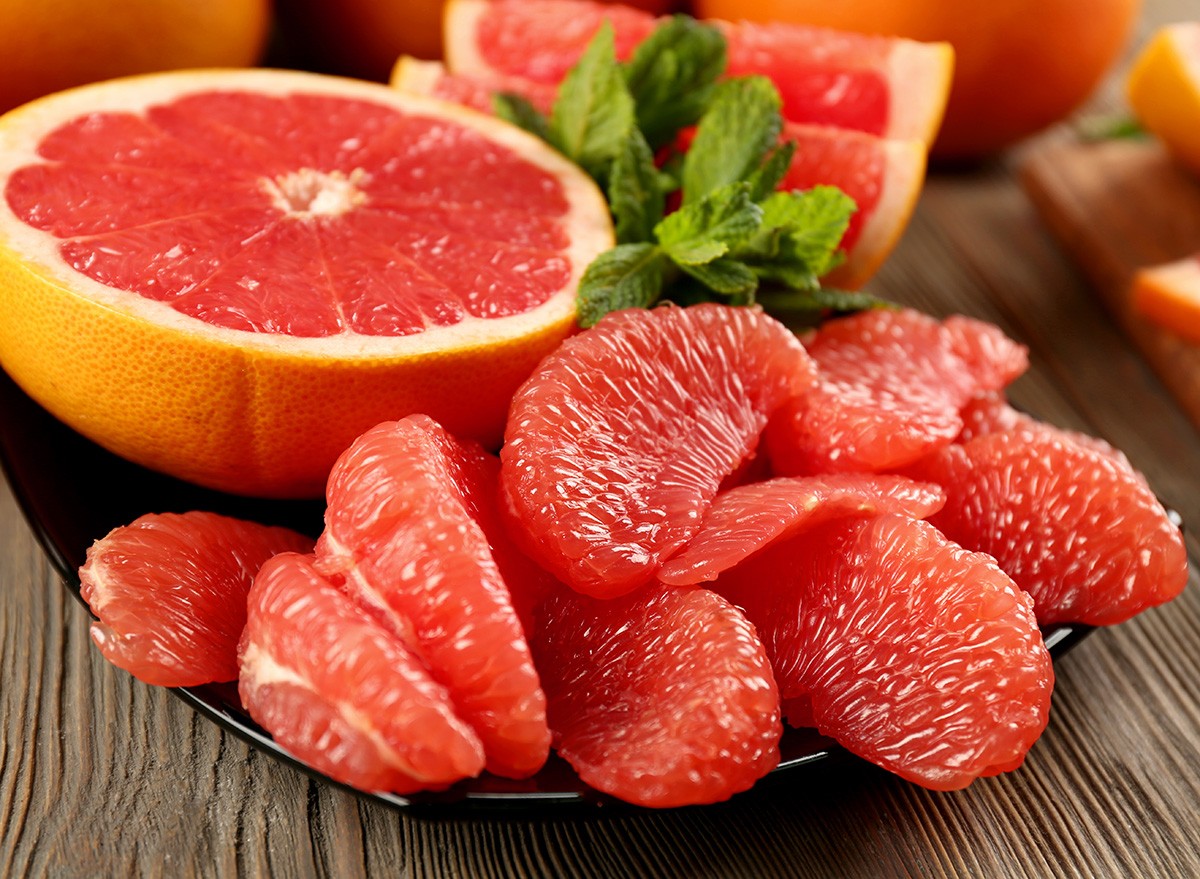
Loaded with vitamin C and hydration-boosting properties, grapefruit is known for supporting metabolism. Eat half a grapefruit in the morning for a refreshing start to the day.
Carrots: 41 calories
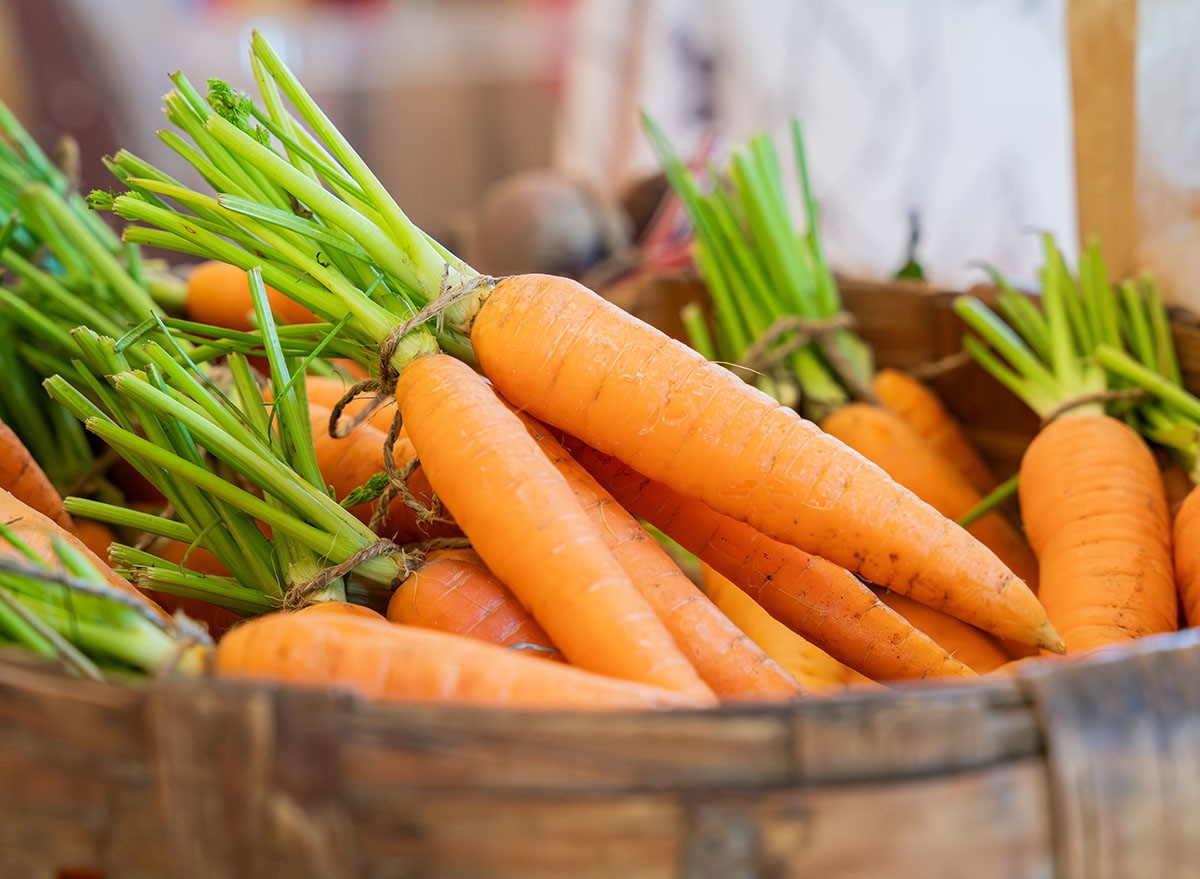
A top source of beta-carotene, carrots support eye health and provide natural sweetness. Munch on them raw with hummus or roast them for a delicious side.
Miso soup: 40 calories

Fermented miso paste gives this soup gut-friendly probiotics while keeping calories low. Sip on it as a light starter to curb hunger before meals.
Honeydew melon: 36 calories
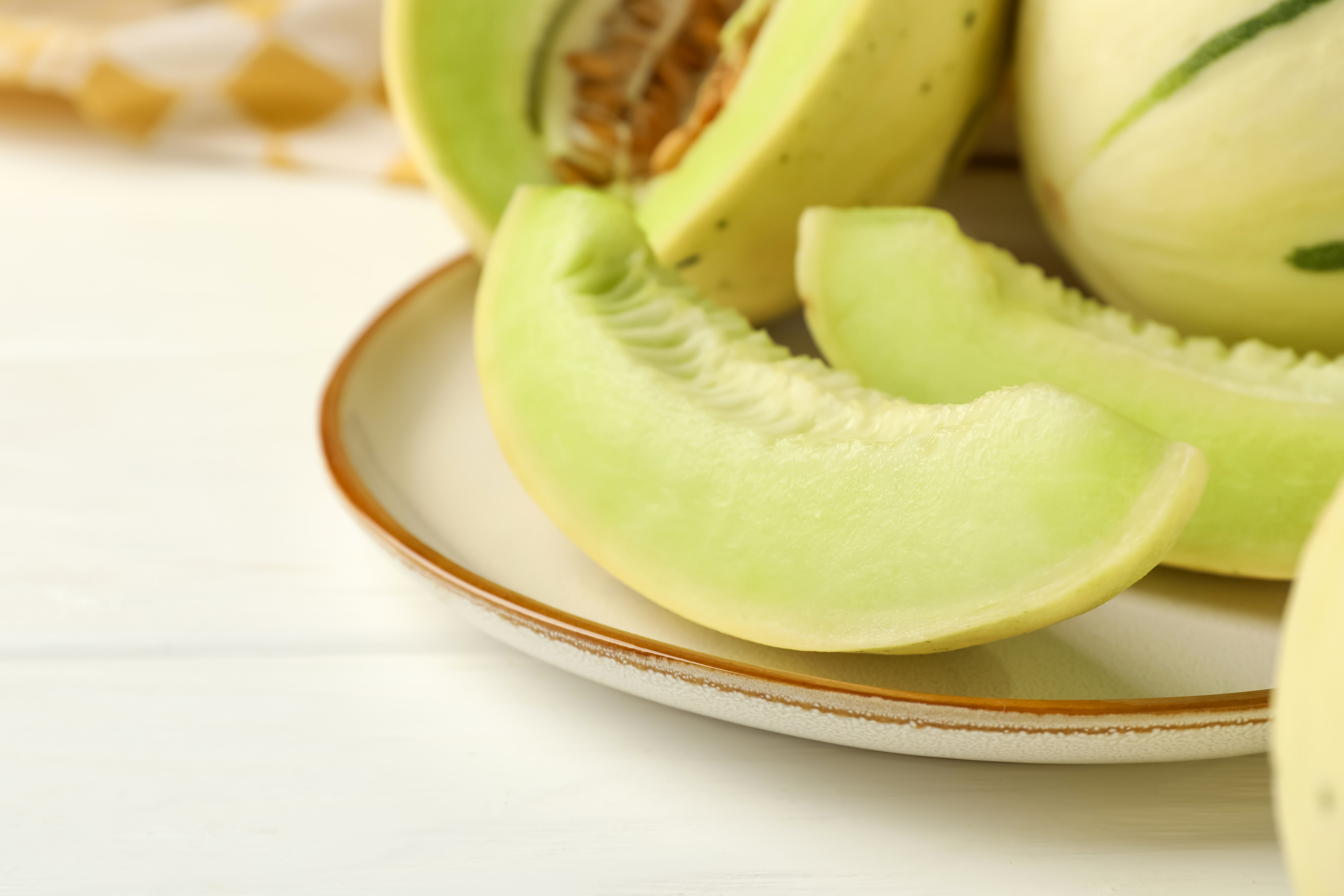
High in water and vitamin C, honeydew is a refreshing way to stay hydrated. Enjoy chilled cubes as a snack or blend it into a smoothie for a cooling treat.
Kale: 35 calories
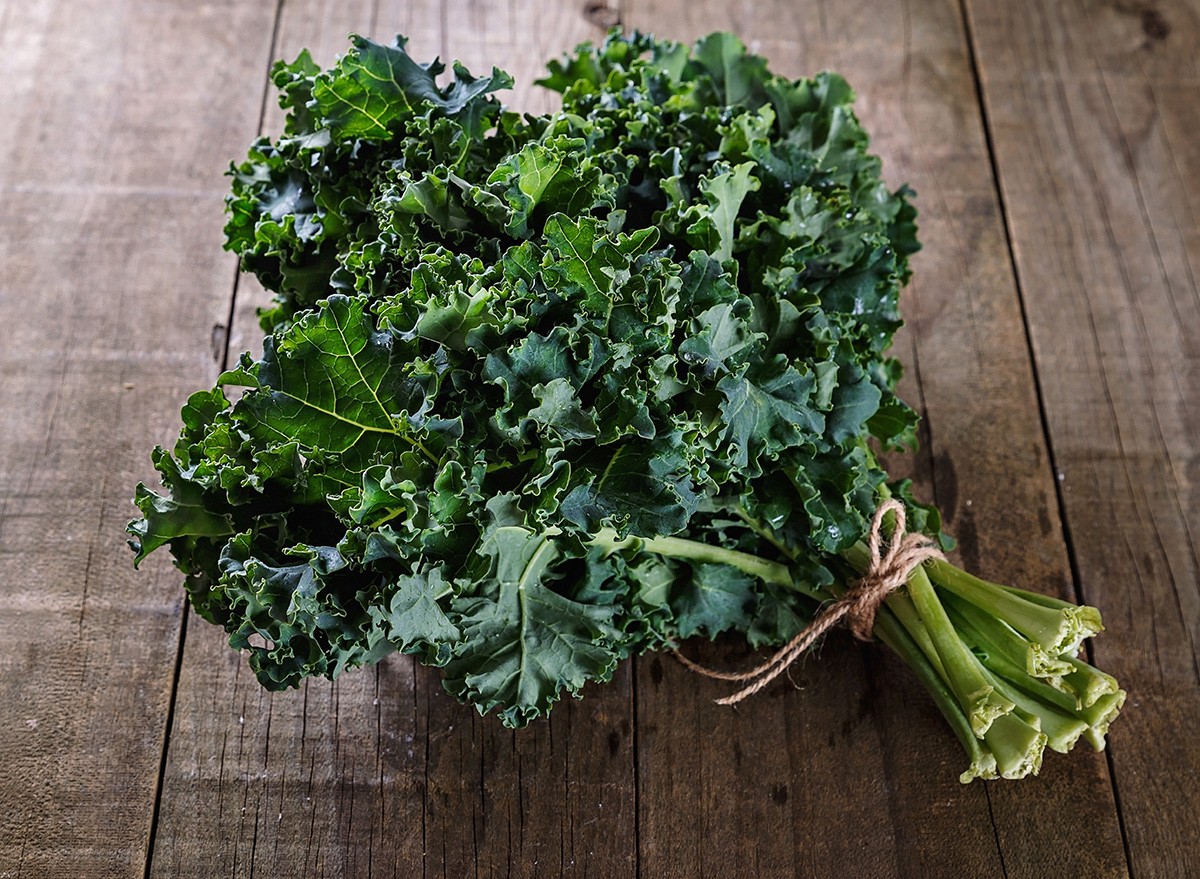
This leafy green is packed with vitamins A, C, and K, plus antioxidants for overall health. Add it to salads, blend it into smoothies, or bake it into crispy kale chips.
Pumpkin puree: 35 calories
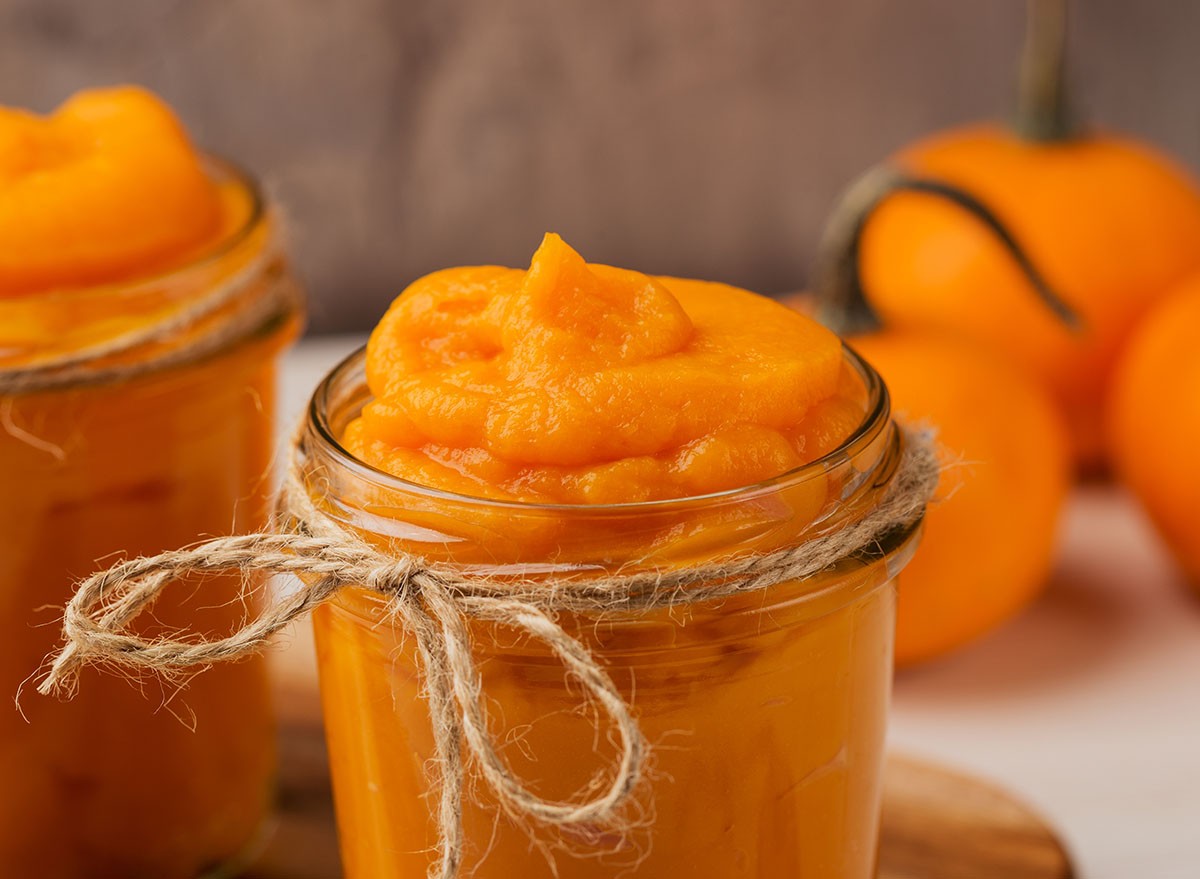
Low in calories but high in fiber and beta-carotene, pumpkin puree is great for digestion and eye health. Stir it into oatmeal, yogurt, or soups for a seasonal boost.
Broccoli: 34 calories
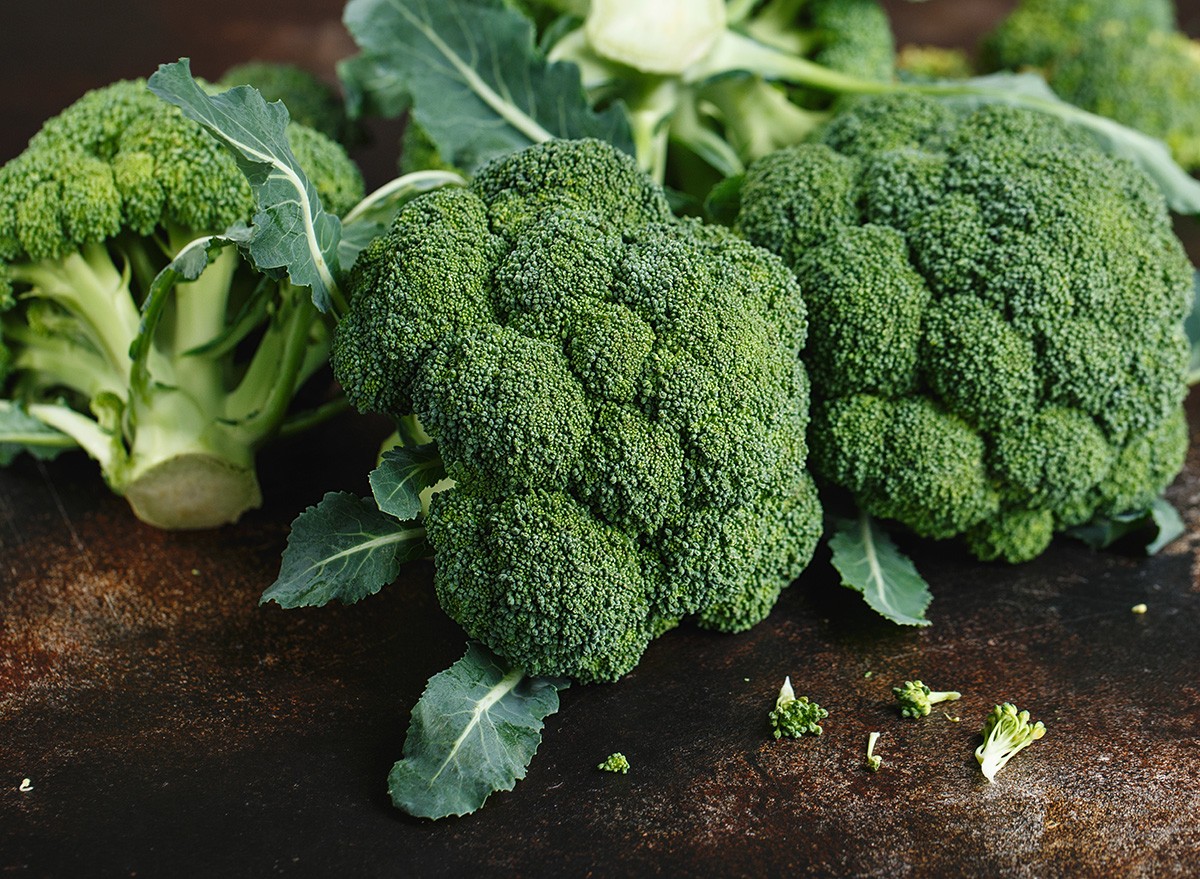
A nutrient-dense veggie, broccoli is rich in fiber, vitamin C, and antioxidants. Steam it, roast it, or toss it into stir-fries for a satisfying crunch.
Cantaloupe: 34 calories
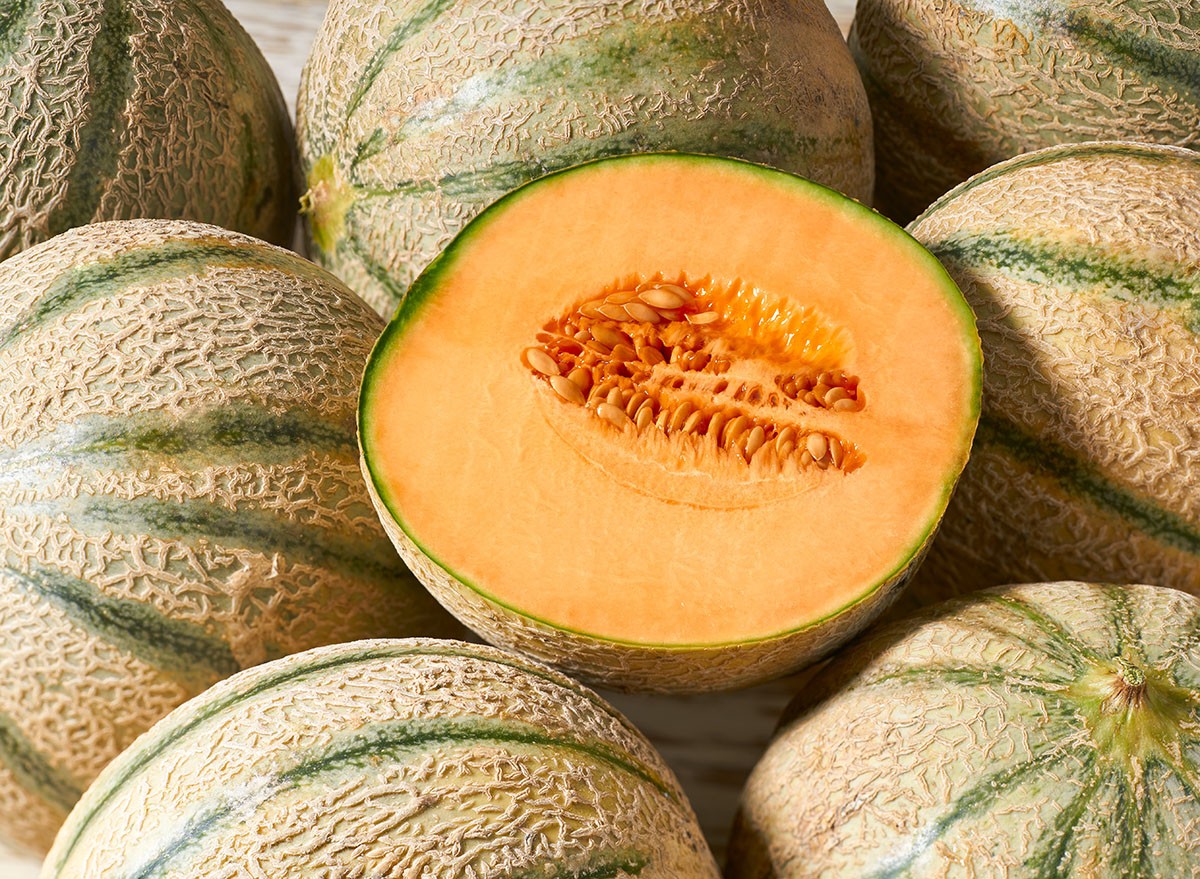
This juicy melon delivers vitamins A and C while keeping you hydrated. Eat it as a snack or add it to a fruit salad for natural sweetness.
Okra: 33 calories
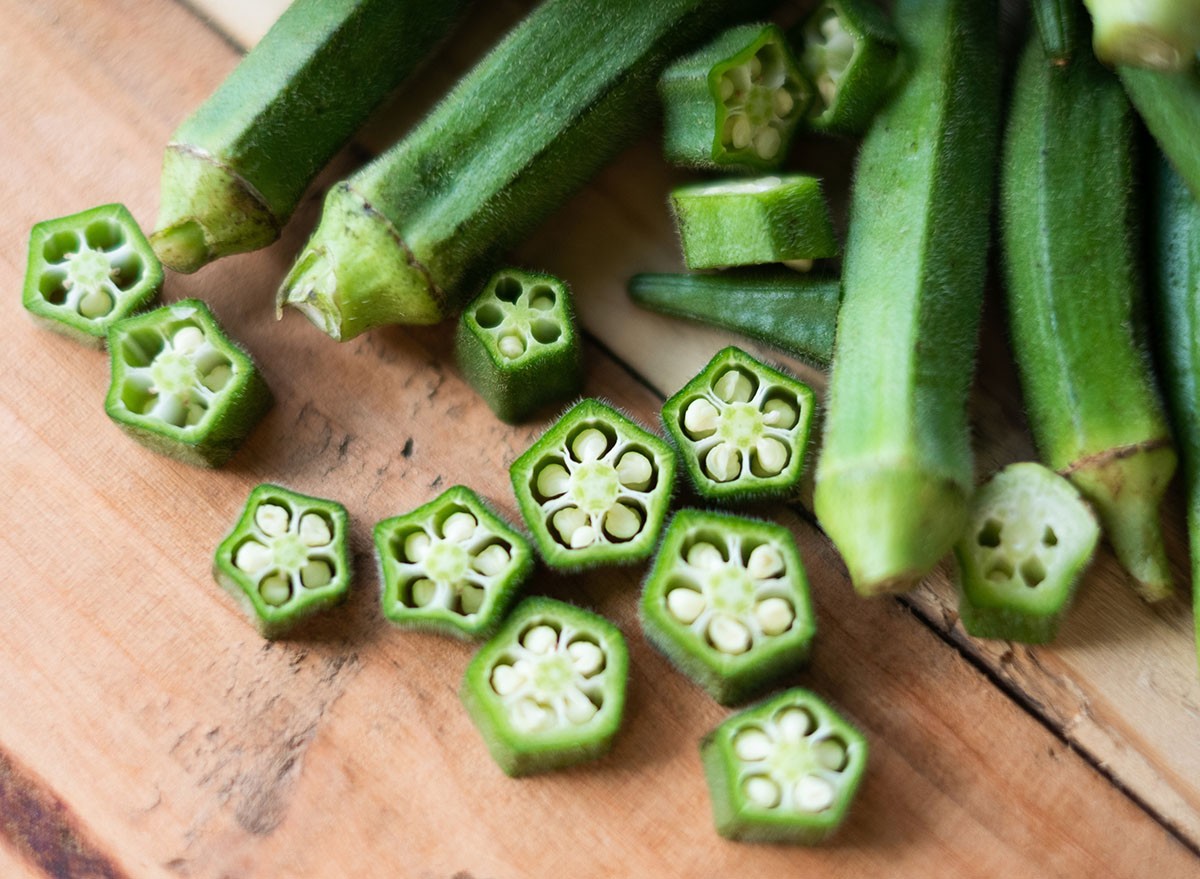
A unique veggie with gut-friendly fiber, okra supports digestion and heart health. Sauté it, add it to soups, or try it roasted for a crispy treat.
Strawberries: 32 calories

Low in calories but high in vitamin C and antioxidants, strawberries are a deliciously healthy treat. Slice them over oatmeal, yogurt, or eat them on their own for a naturally sweet snack.
Green Beans: 31 calories
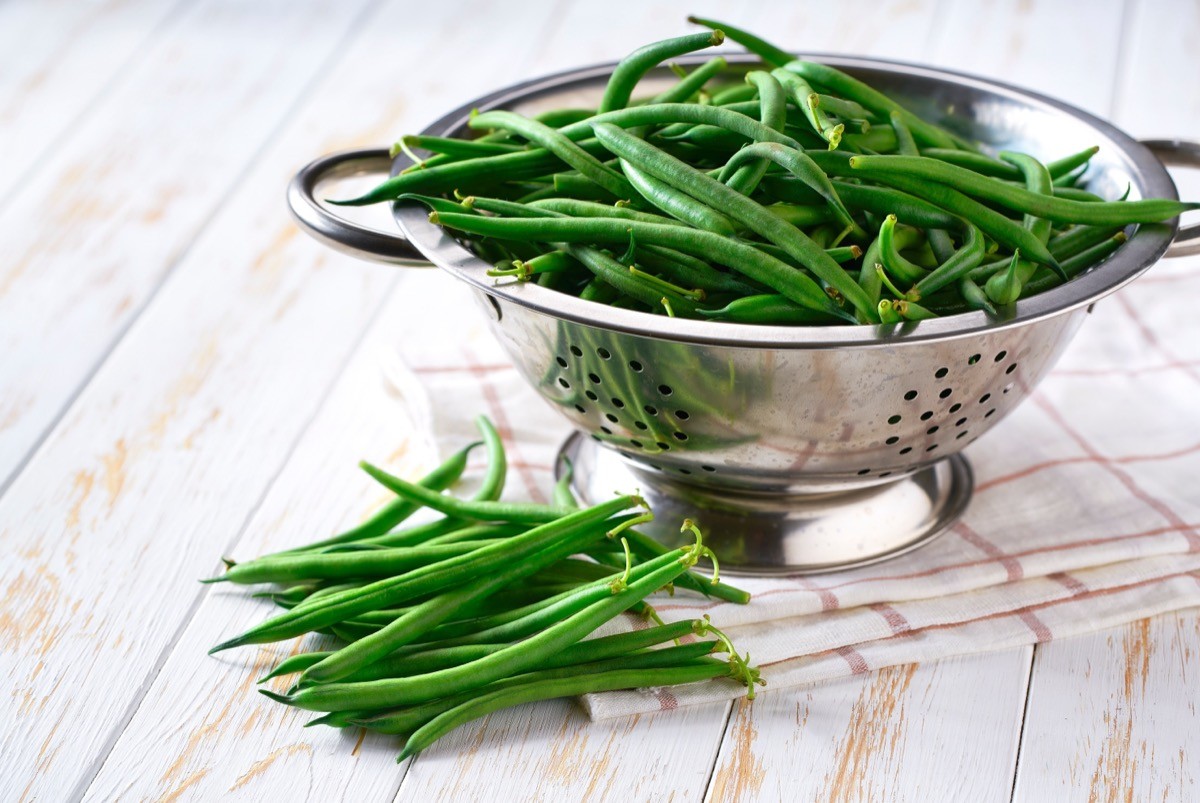
A fiber-rich veggie packed with vitamins C and K, green beans support digestion and bone health. Enjoy them steamed, sautéed, or roasted for a low-calorie side dish.
Leeks: 31 calories
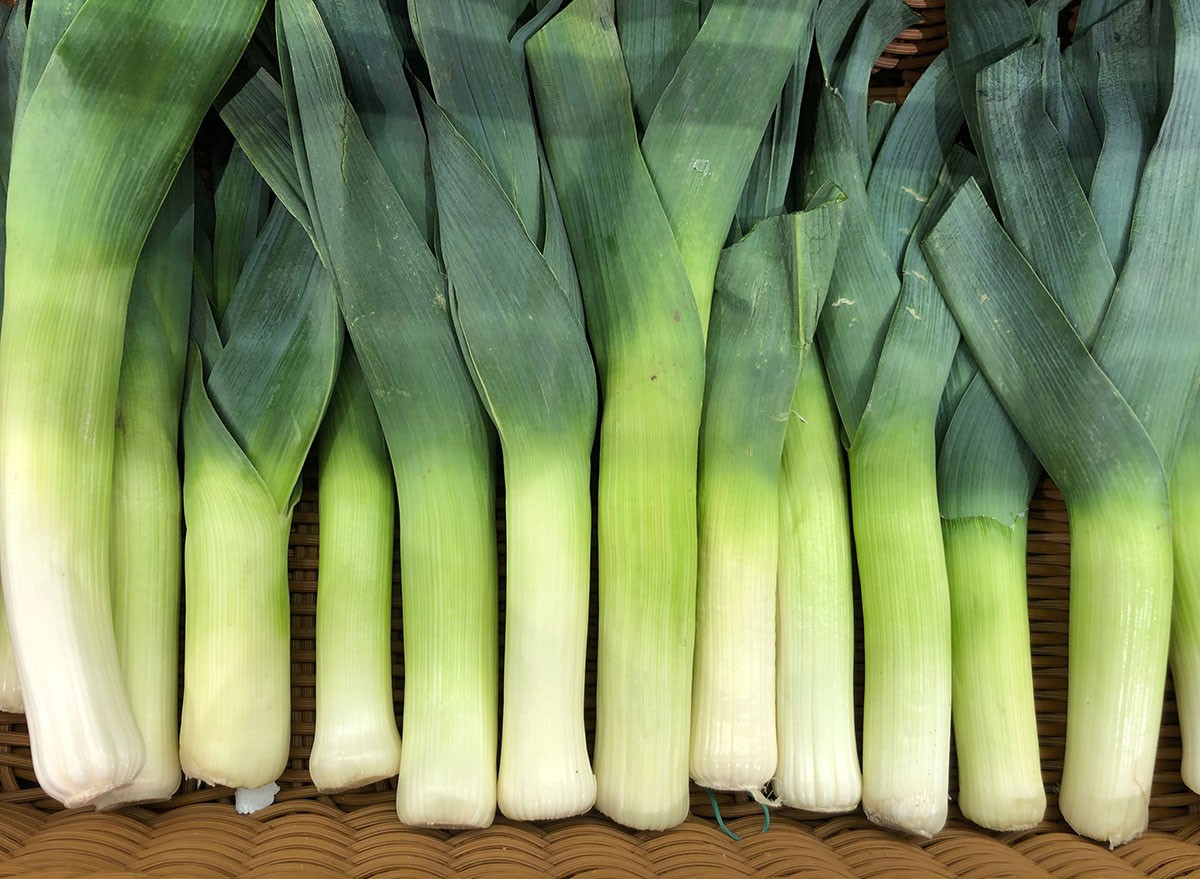
Mildly sweet and loaded with prebiotics, leeks support gut health and digestion. Use them in soups, stir-fries, or roasted with a drizzle of olive oil.
Watermelon: 30 calories
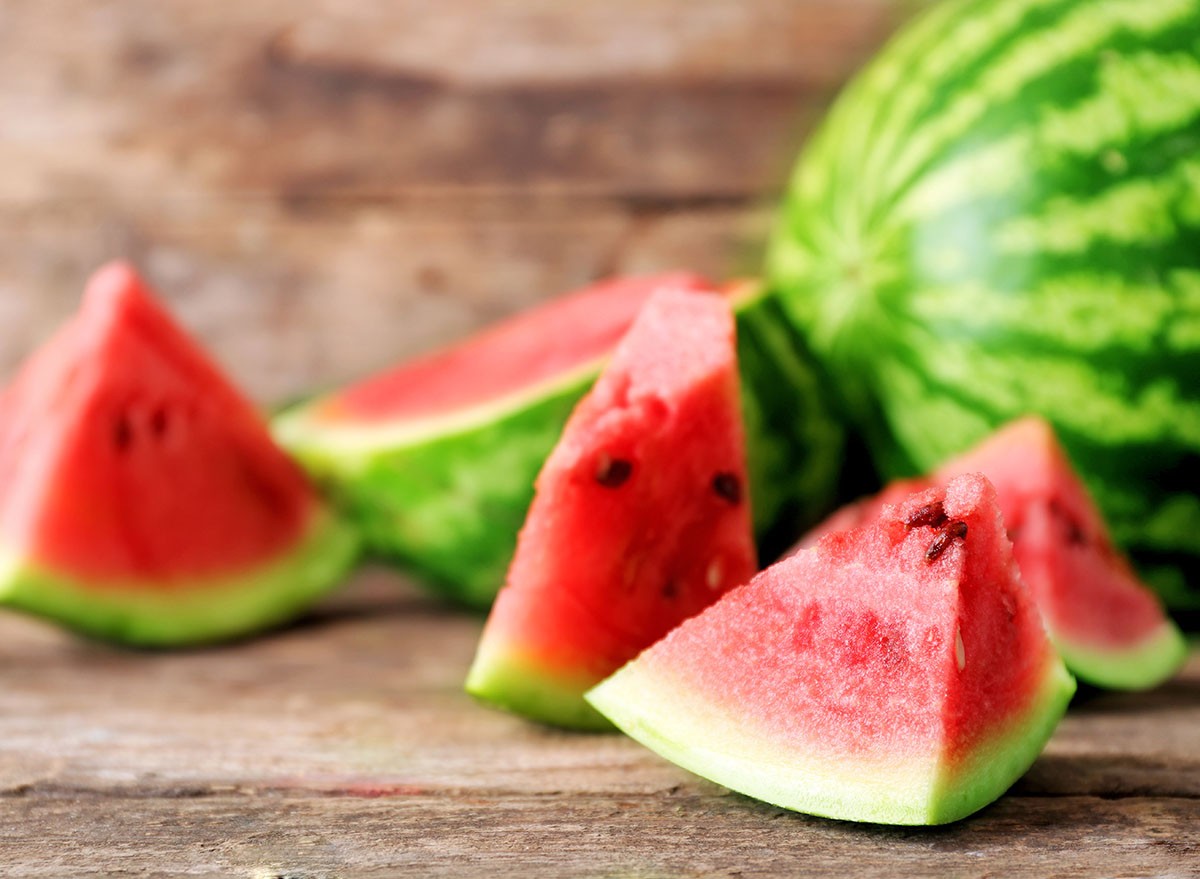
With over 90% water content, watermelon keeps you hydrated while delivering a dose of vitamin C. Enjoy fresh slices on hot days or blend it into a refreshing drink.
Red Peppers: 27-30 calories
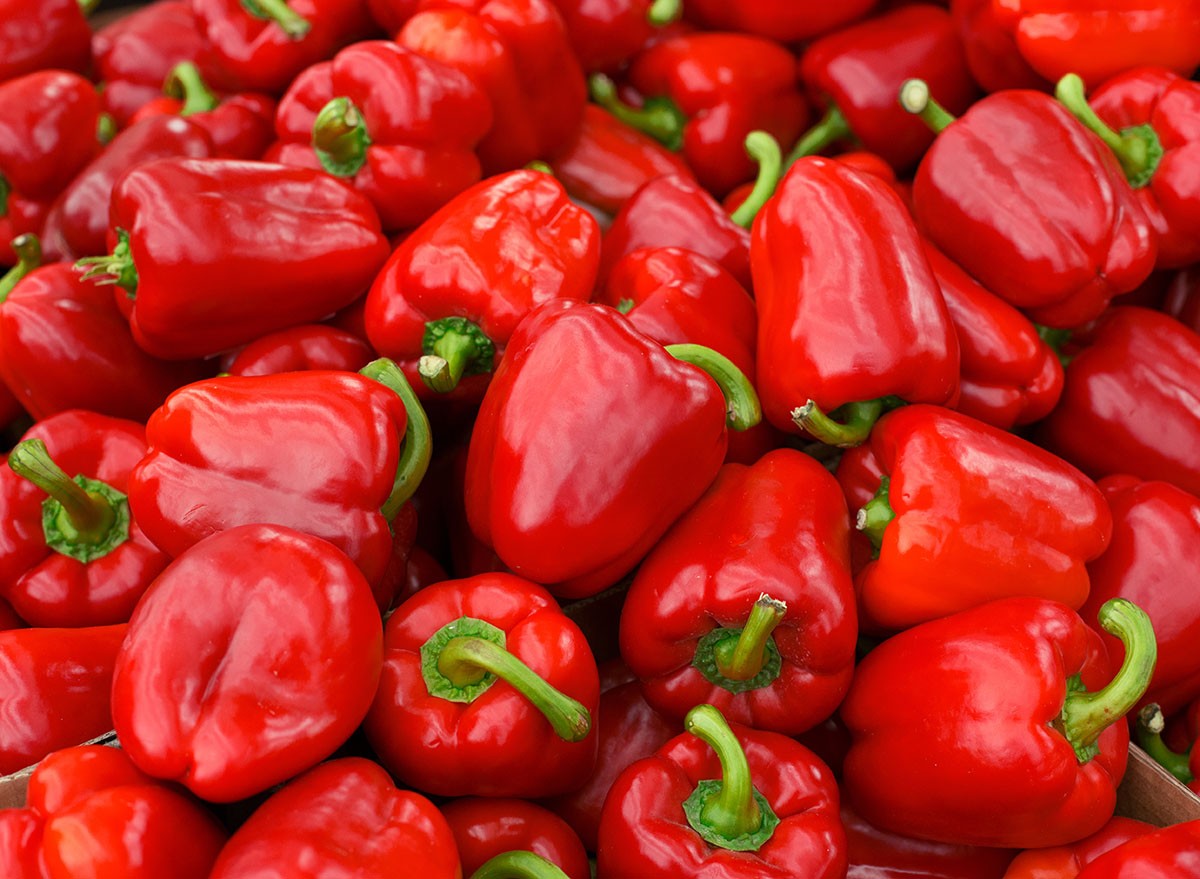
Red bell peppers are high in vitamin C and antioxidants, supporting skin and immune health. Eat them raw with hummus, roast them for a smoky flavor, or add to stir-fries.
Turnips: 28 calories
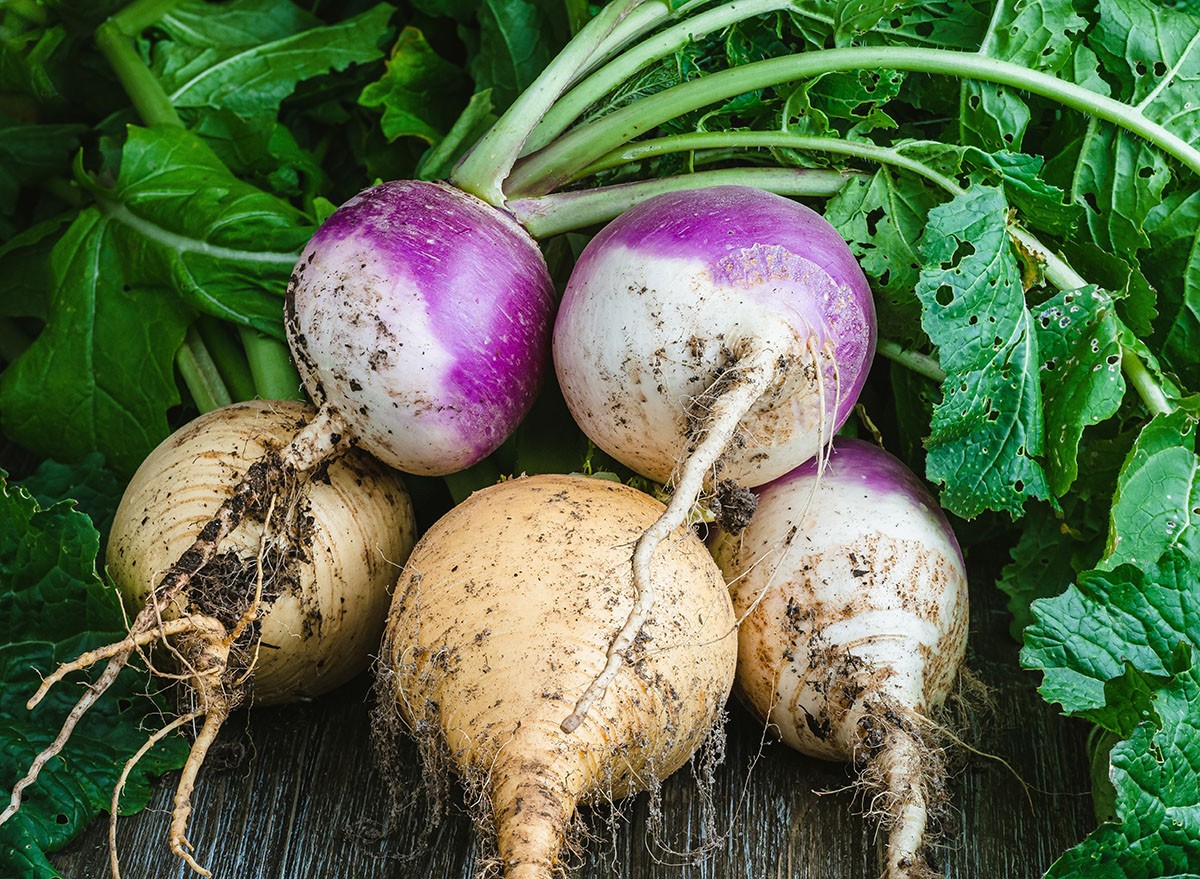
A low-calorie root vegetable rich in fiber and vitamin C, turnips help digestion and immunity. Roast them like potatoes, mash them, or slice them into soups.
Banana Peppers: 27 calories
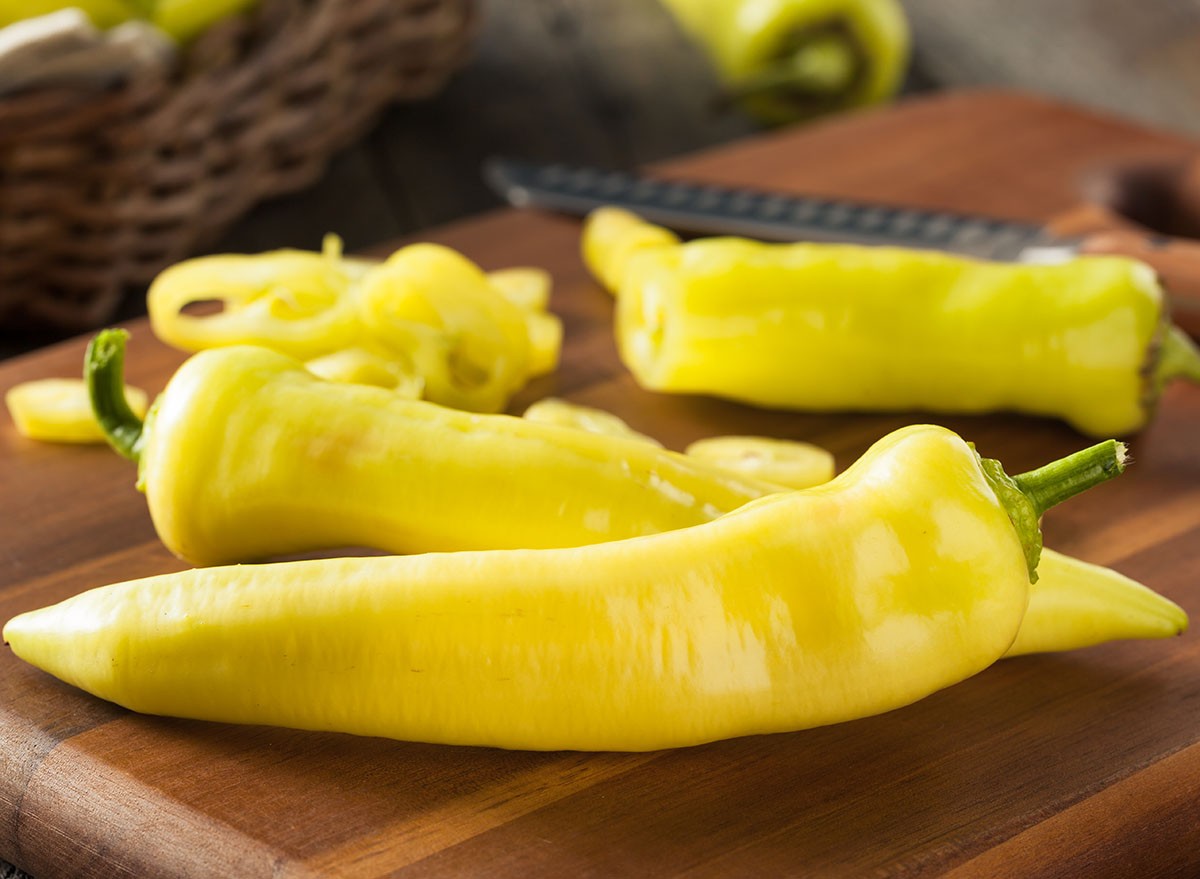
Mildly spicy and tangy, banana peppers are loaded with vitamin C and add a zesty kick to meals. Use them in salads, sandwiches, or as a crunchy snack.
Eggplant: 25 calories
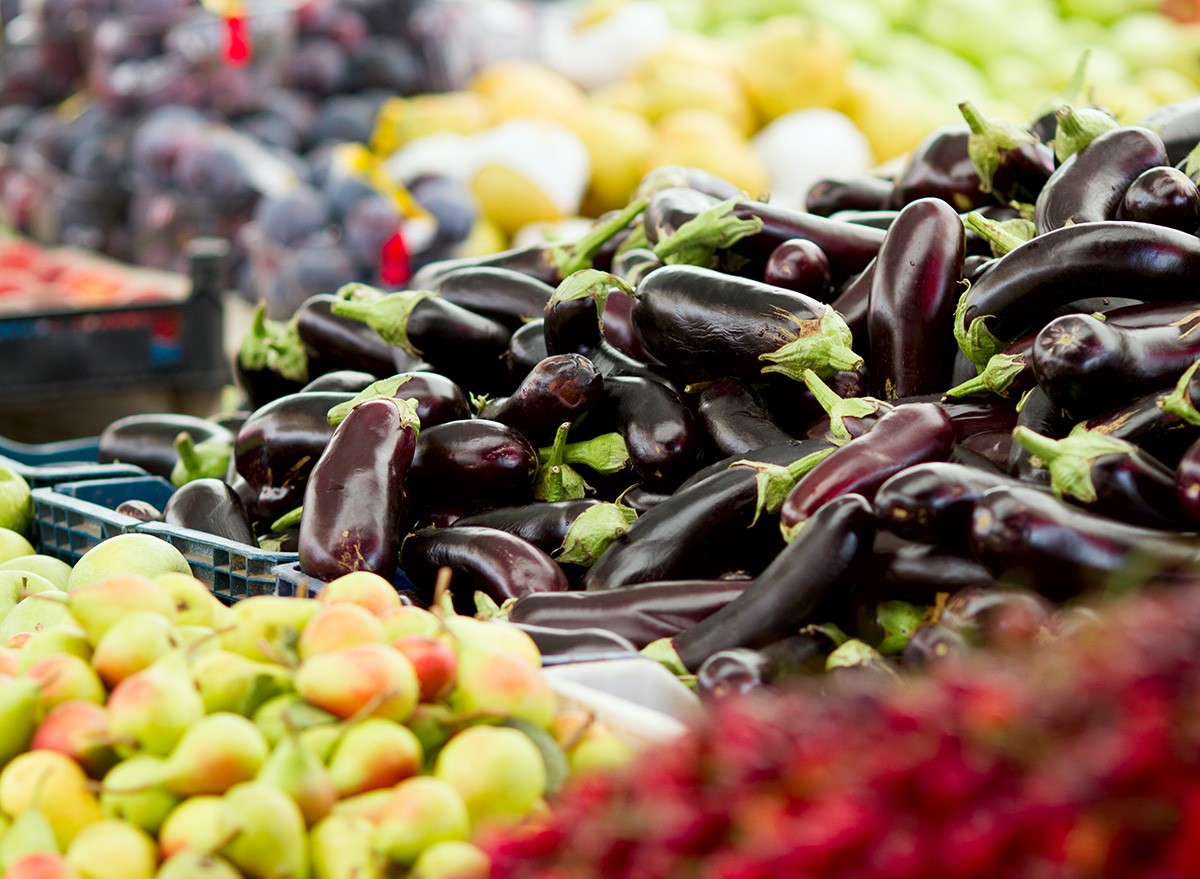
Full of fiber and antioxidants, eggplant is a heart-healthy, versatile veggie. Grill it, roast it, or use it in low-calorie pasta dishes for extra texture.
Cabbage (Green): 25 calories

A crunchy, fiber-packed vegetable that supports digestion and heart health. Shred it for slaws, stir-fry it, or add it to soups for a nutrient boost.
Cauliflower: 25 calories
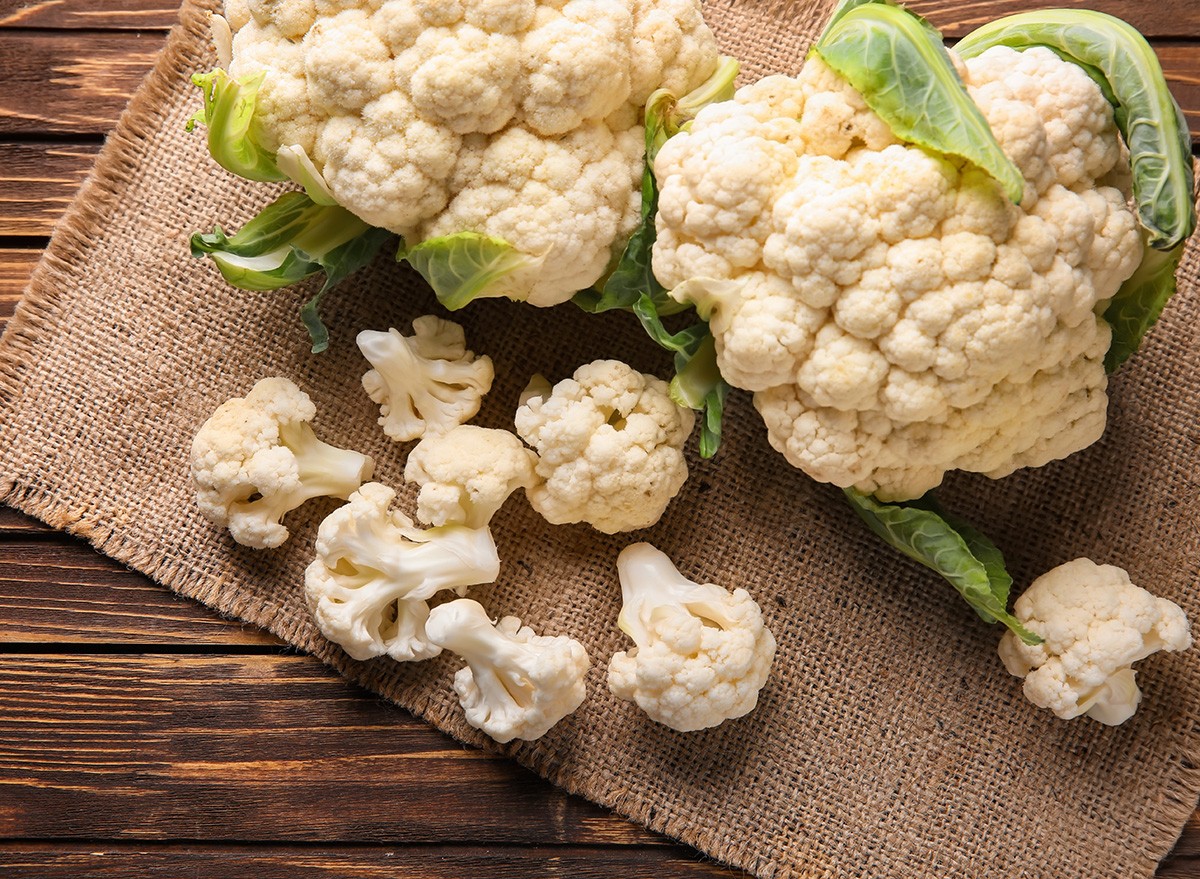
A low-calorie alternative to starchy carbs, cauliflower is high in fiber and vitamin C. Roast it, mash it like potatoes, or blend into a creamy soup.
Cauliflower Rice: 25 calories
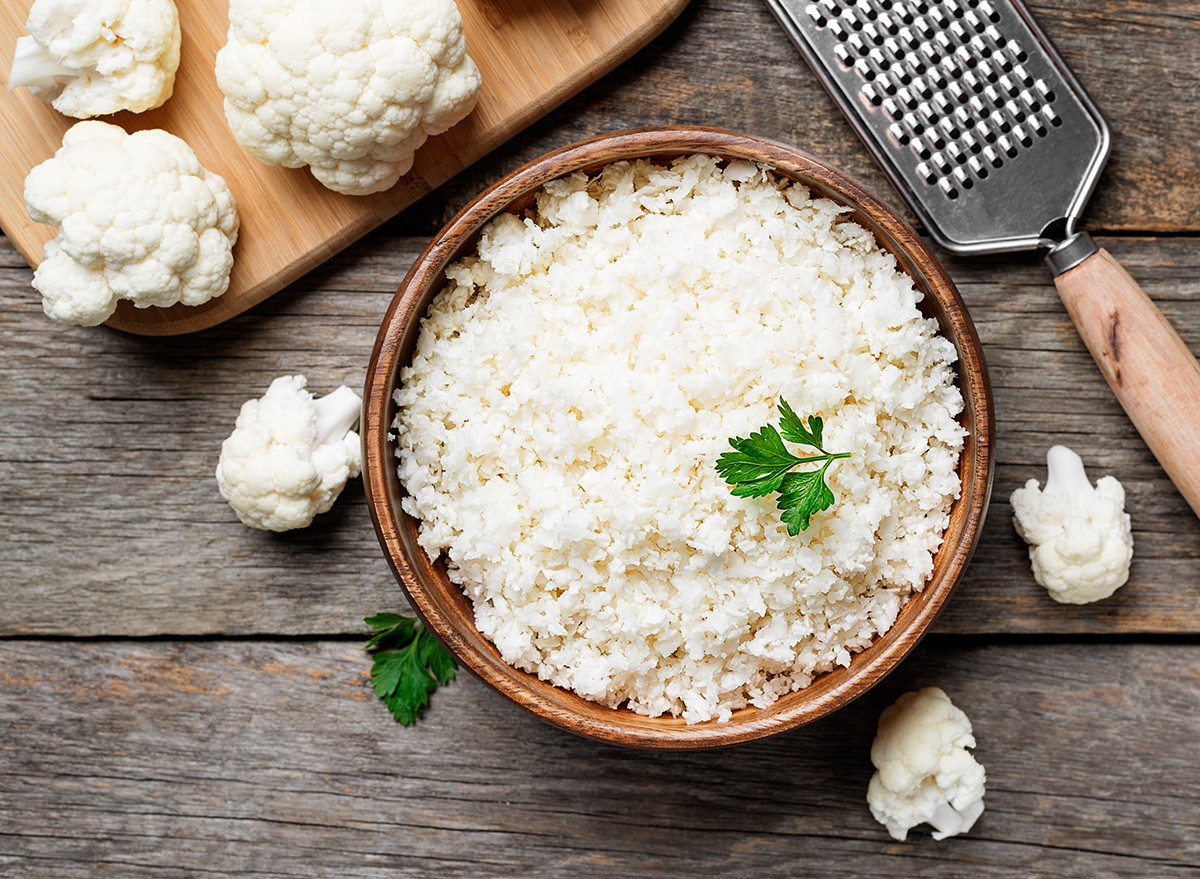
A great low-carb swap for regular rice, cauliflower rice is packed with fiber and nutrients. Sauté it with garlic and herbs for a light, flavorful side dish.
Arugula: 25 calories
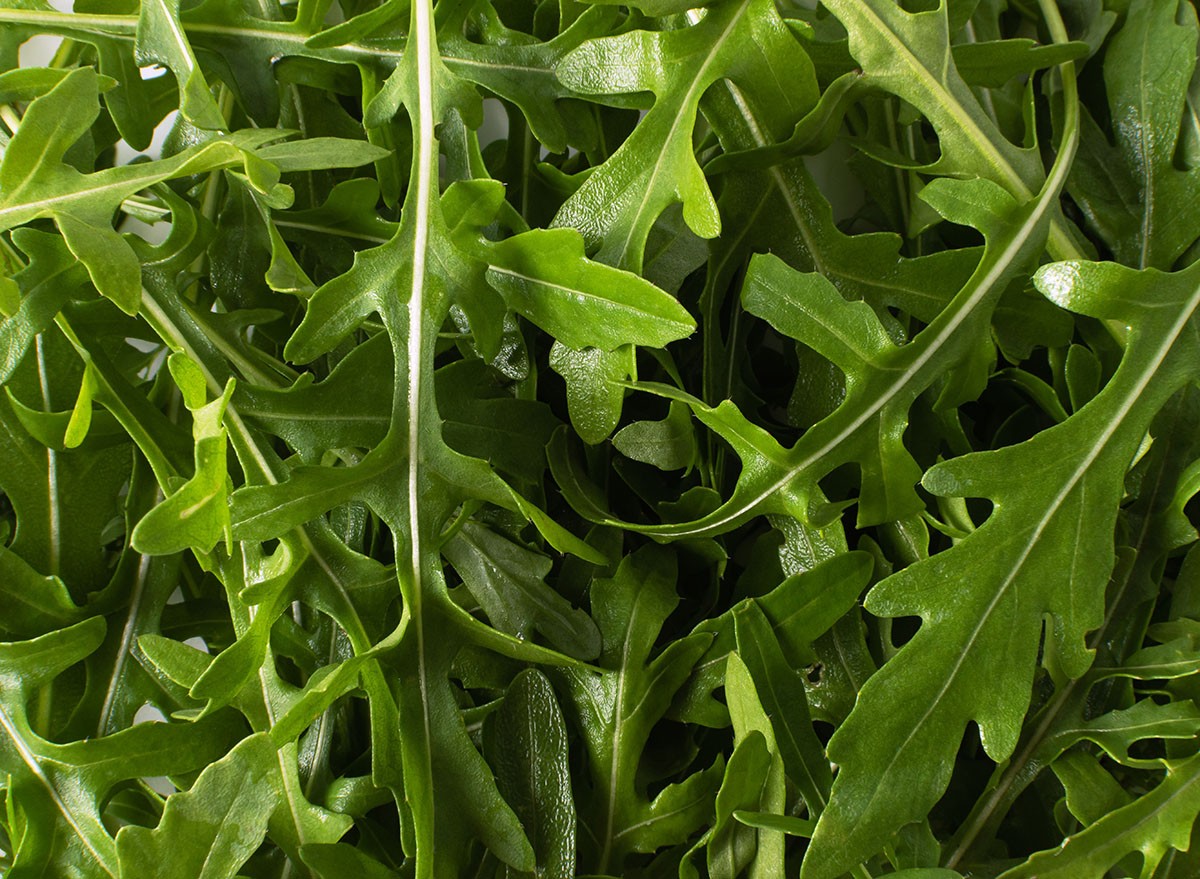
This peppery green is rich in antioxidants and vitamin K, supporting bone and heart health. Toss it into salads, add it to sandwiches, or mix it into pasta dishes.
Salsa (fresh): 25 calories
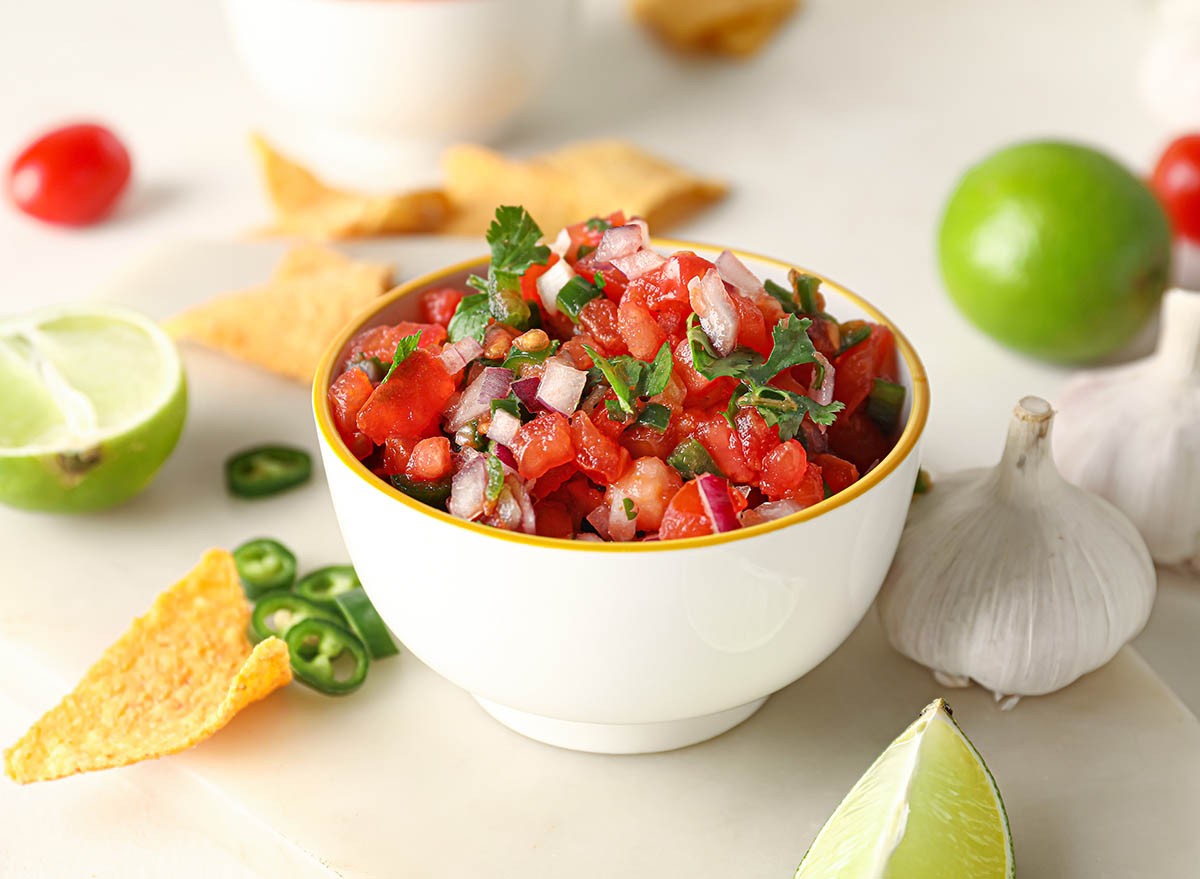
Made from fresh tomatoes, onions, and peppers, salsa is low in calories but big on flavor. Spoon it over grilled chicken, eggs, or salads for a tangy kick.
Water Chestnuts: 24 calories
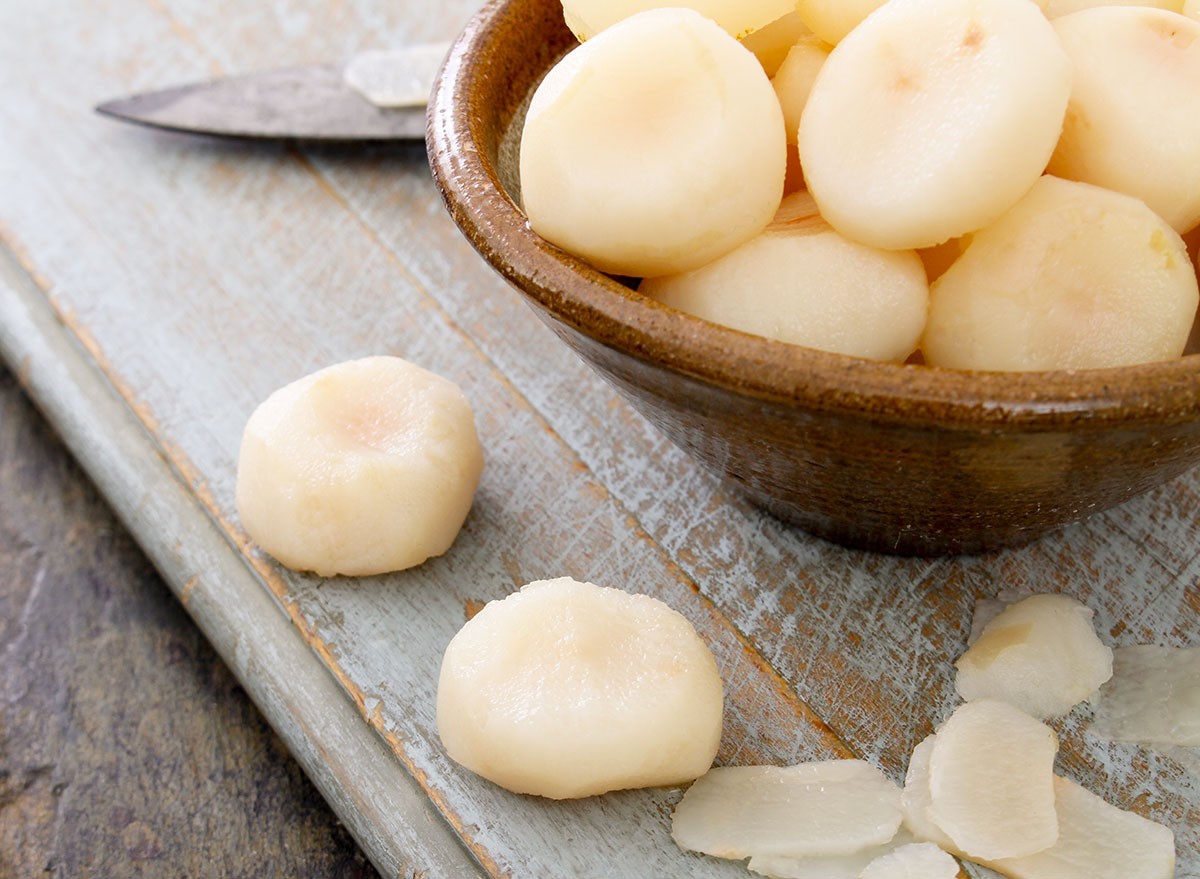
These crunchy, water-filled veggies are low in calories and high in antioxidants. Add them to stir-fries, salads, or soups for extra texture.
Radicchio: 23 calories
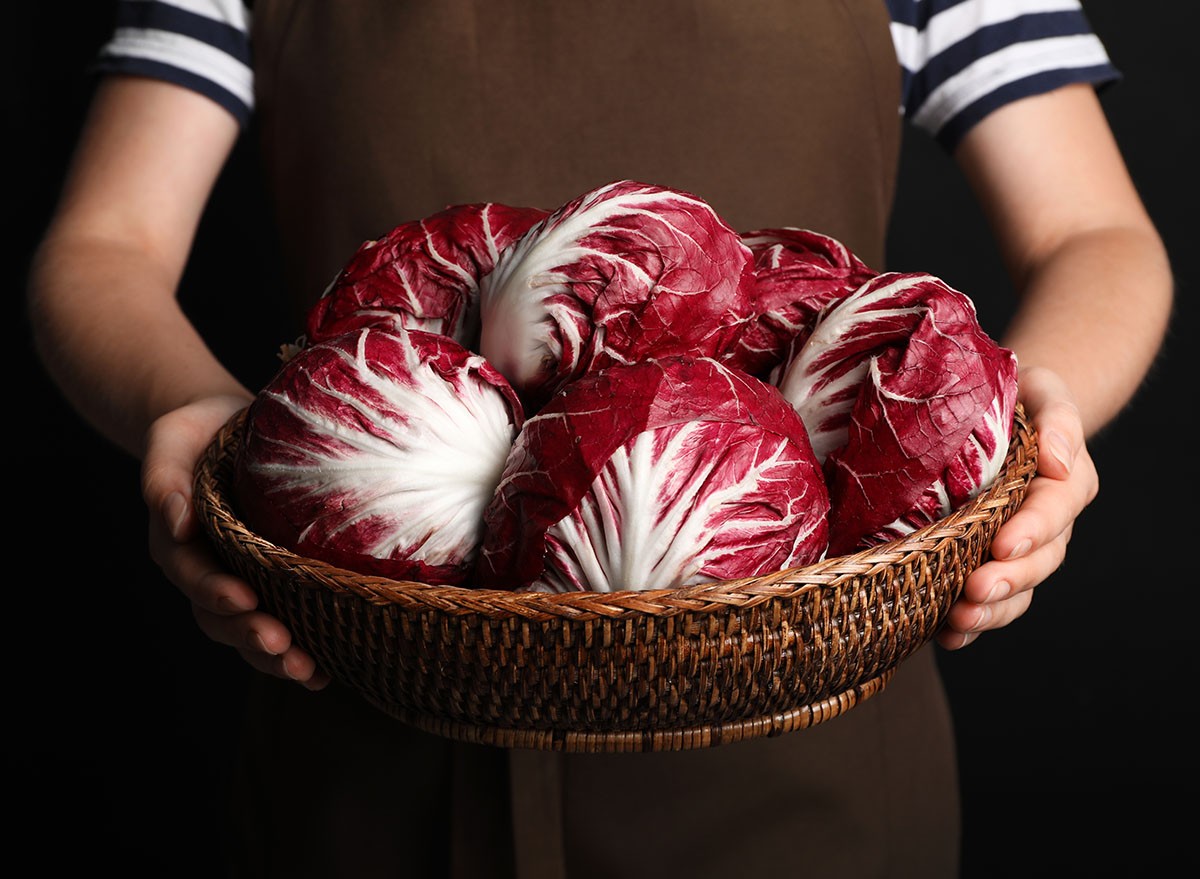
A slightly bitter leafy vegetable, radicchio is full of fiber and antioxidants that aid digestion. Grill it, toss it into salads, or pair it with balsamic for a delicious contrast.
Spinach: 23 calories
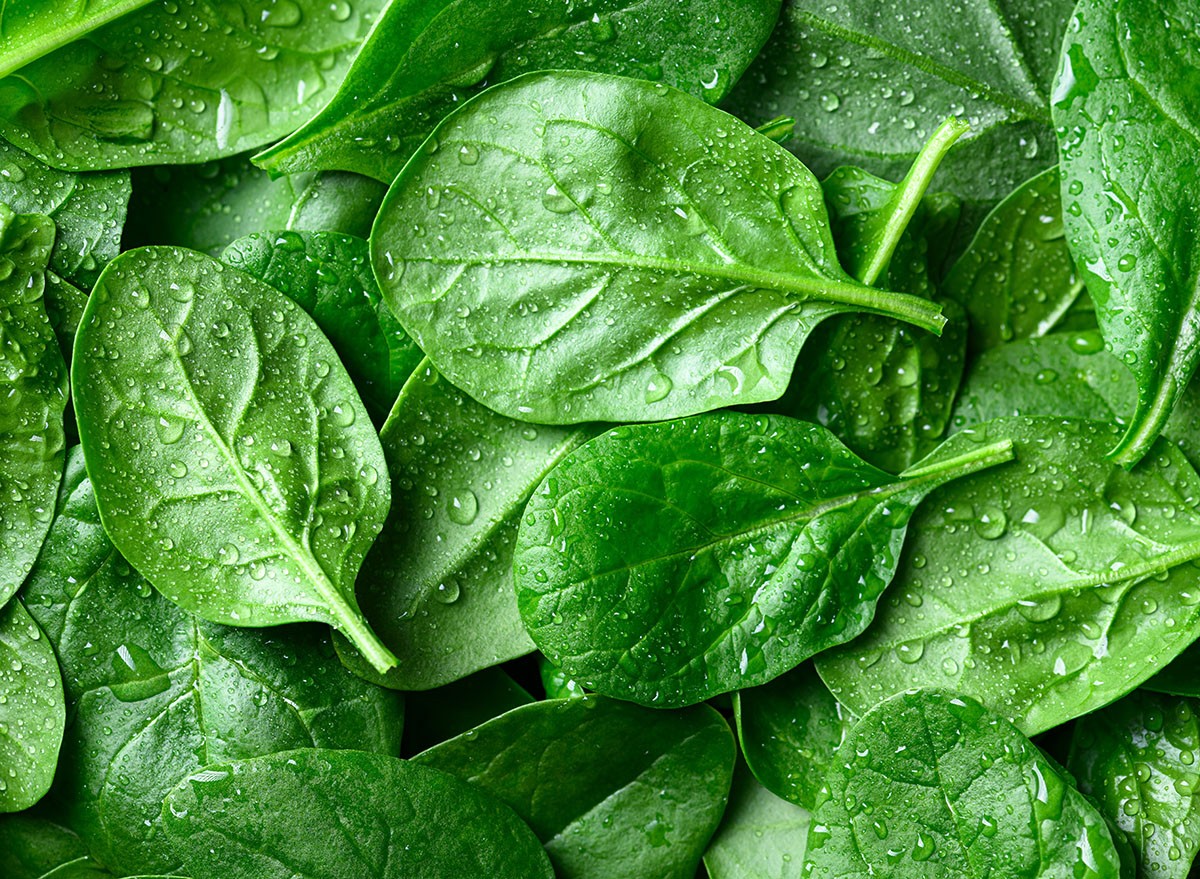
Packed with iron, fiber, and vitamins A and C, spinach supports overall health. Add it to smoothies, salads, or omelets for a nutrient boost.
Spinach (cooked): 23 calories

Cooking spinach enhances its iron absorption while keeping it low in calories. Sauté it with garlic, toss it into soups, or mix it into pasta dishes for a nutritious touch.
Mushrooms: 22 calories

Low in calories but high in flavor, mushrooms provide important minerals like selenium and potassium. Sauté them, toss them into soups, or use them as a meat substitute in burgers and stir-fries.
Asparagus: 20 calories
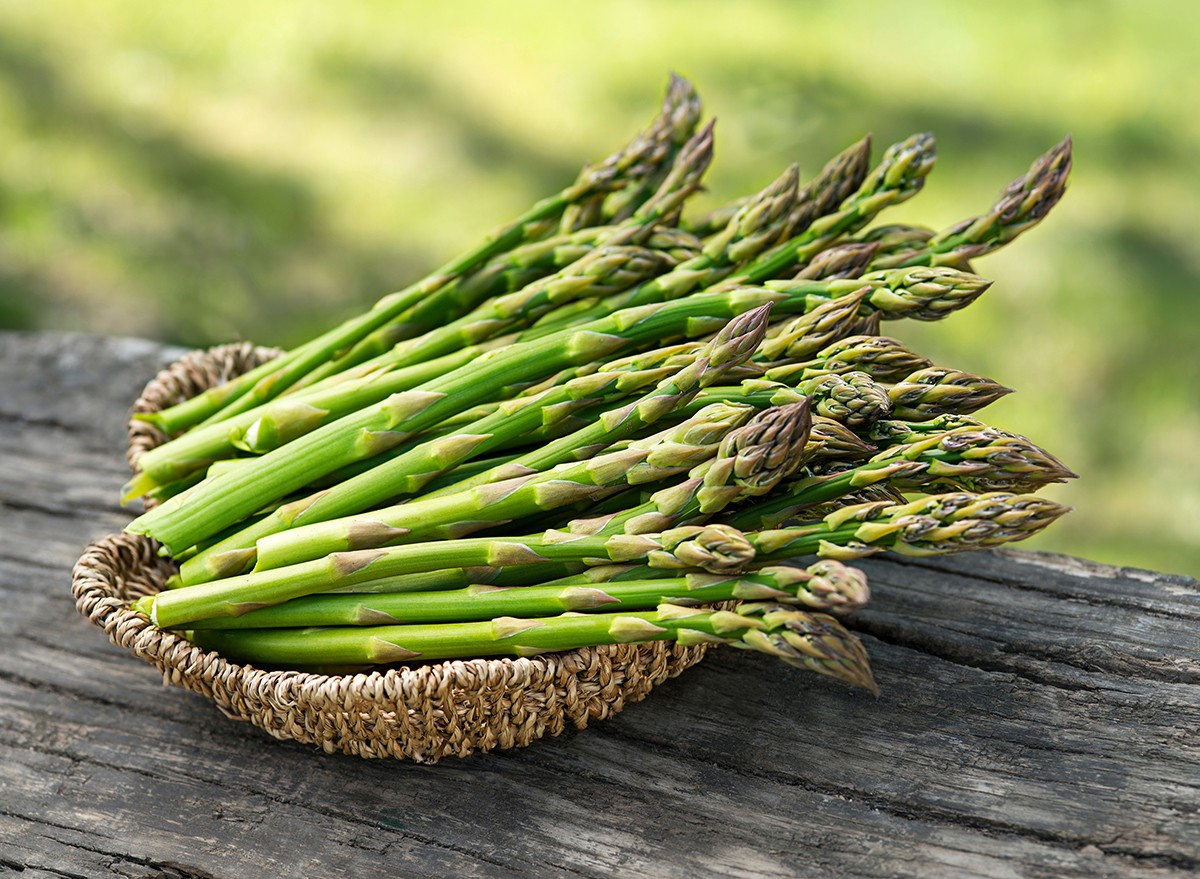
A natural diuretic, asparagus helps reduce bloating while delivering vitamins A, C, and K. Roast it with olive oil, steam it, or chop it into salads for a fresh crunch.
Bell Peppers: 20 calories
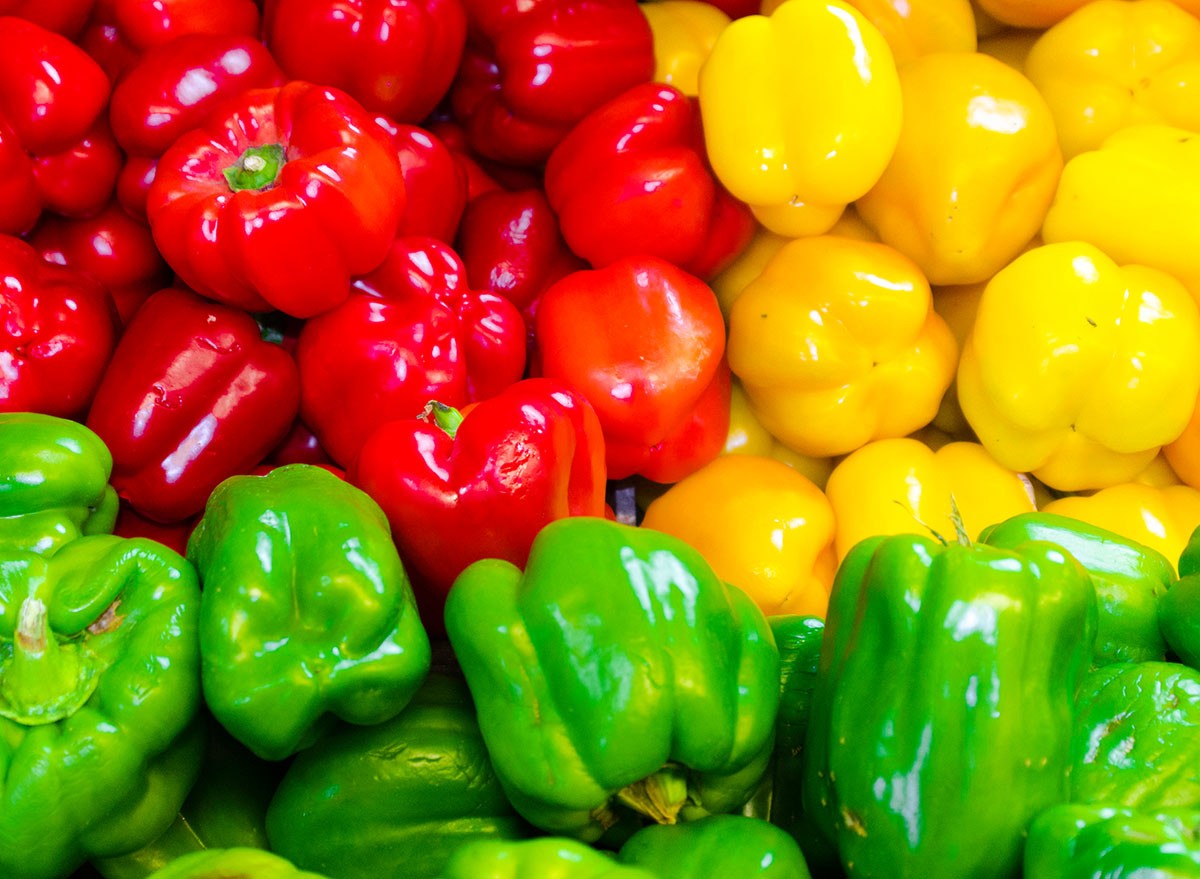
Loaded with vitamin C and antioxidants, bell peppers support immune health while adding natural sweetness to meals. Enjoy them raw, roasted, or stuffed with lean protein for a satisfying dish.
Sauerkraut: 19 calories
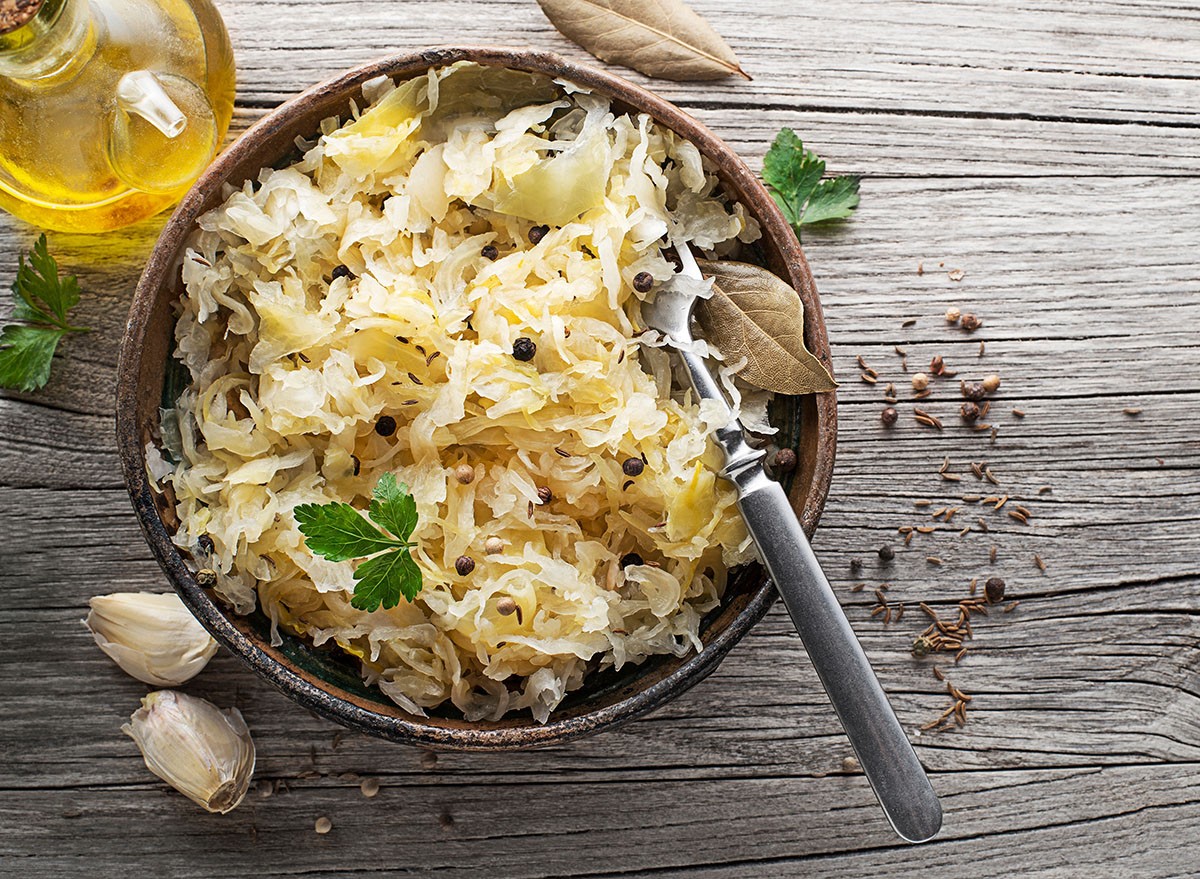
Fermented and full of probiotics, sauerkraut supports gut health and digestion. Add it to sandwiches, salads, or eat it as a tangy side dish.
Tomato: 18 calories
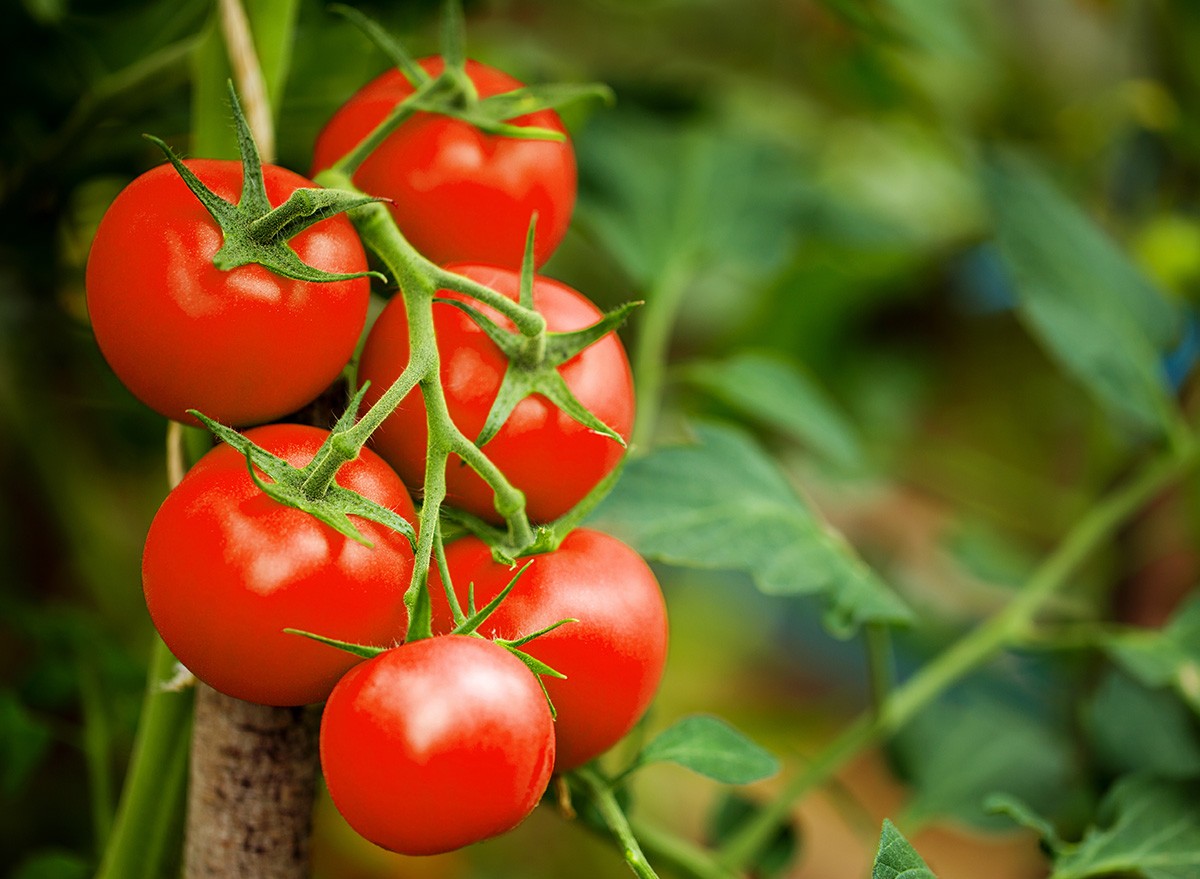
Rich in lycopene, an antioxidant linked to heart health, tomatoes are both nutritious and hydrating. Eat them fresh in salads, blend them into sauces, or snack on cherry tomatoes.
Zucchini: 17 calories
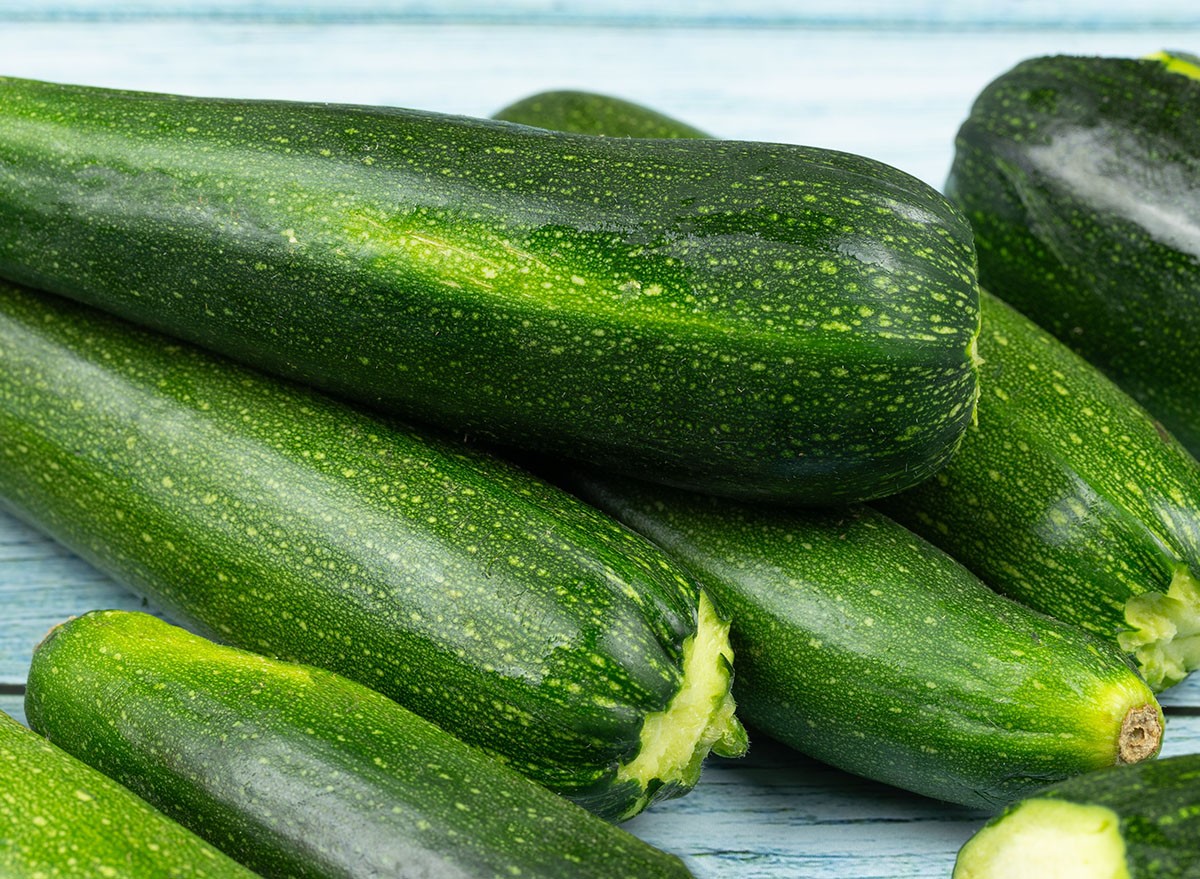
A versatile, fiber-rich veggie that's great for digestion, zucchini is perfect for low-carb meals. Spiralize it into zoodles, roast it, or add it to stir-fries.
Celery: 16 calories
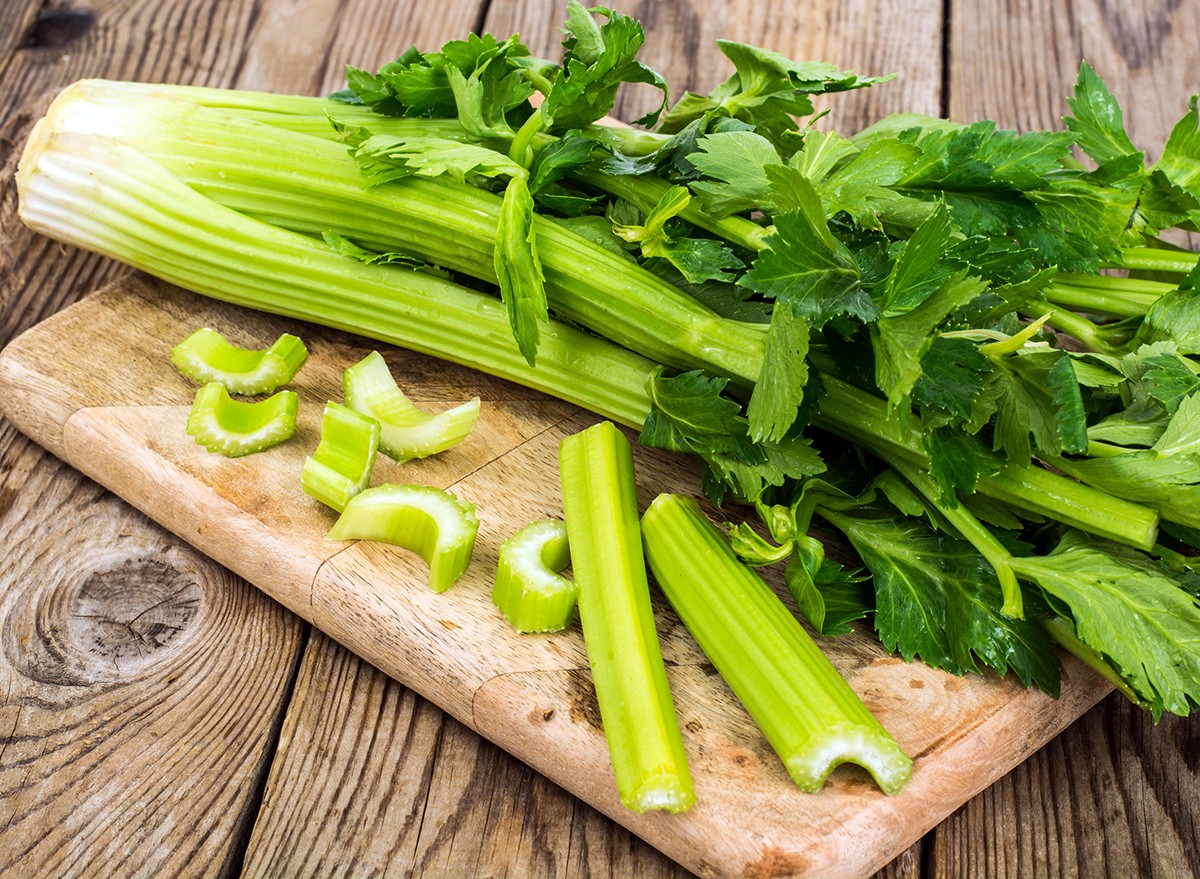
Mostly water but packed with fiber, celery keeps you hydrated and full. Dip it in hummus, add it to soups, or enjoy it as a crunchy snack.
Radish: 16 calories
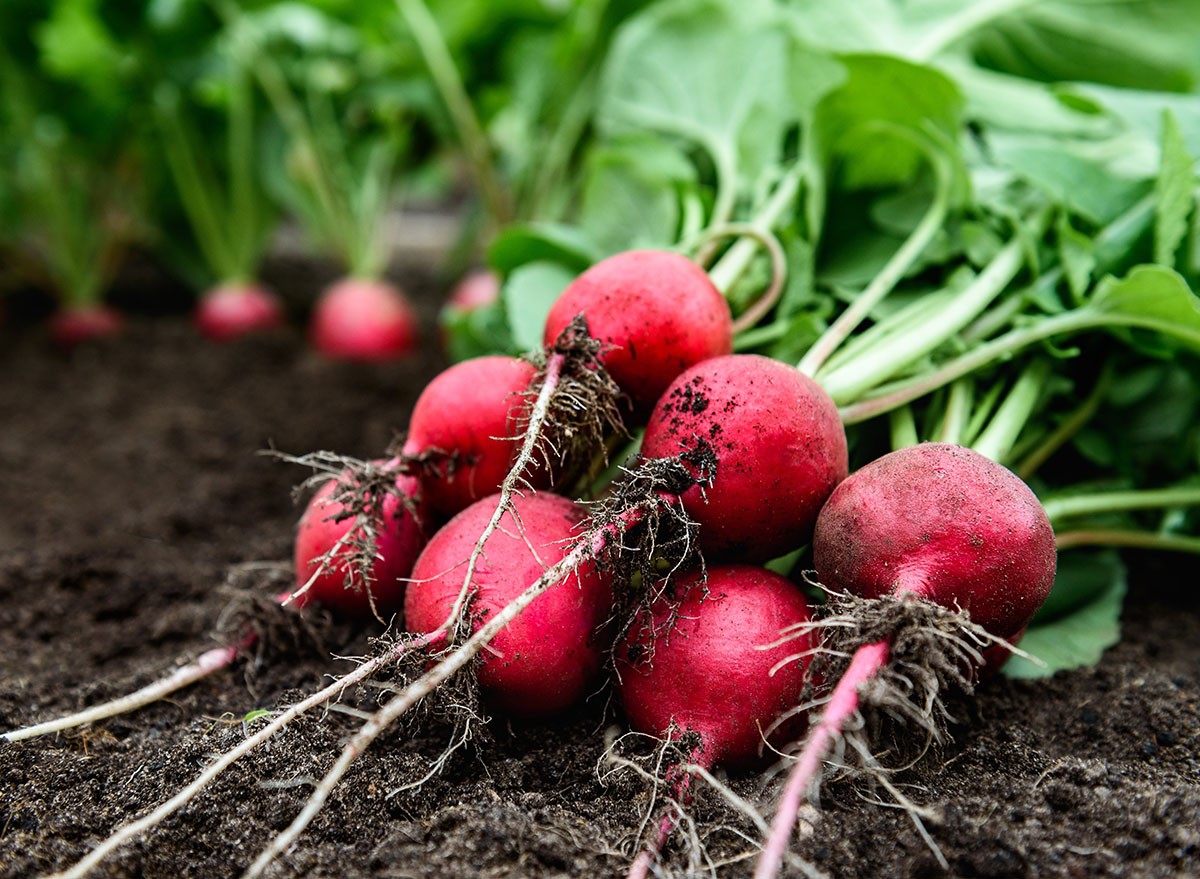
A peppery, crunchy veggie with detoxifying properties, radishes support digestion and hydration. Slice them into salads, eat them raw, or pickle them for extra flavor.
Kimchi: 15 calories

This spicy, fermented Korean dish is packed with probiotics that promote gut health. Enjoy it as a side dish, mix it into stir-fries, or top off your favorite grain bowl.
Broth (chicken or vegetable): 15 calories
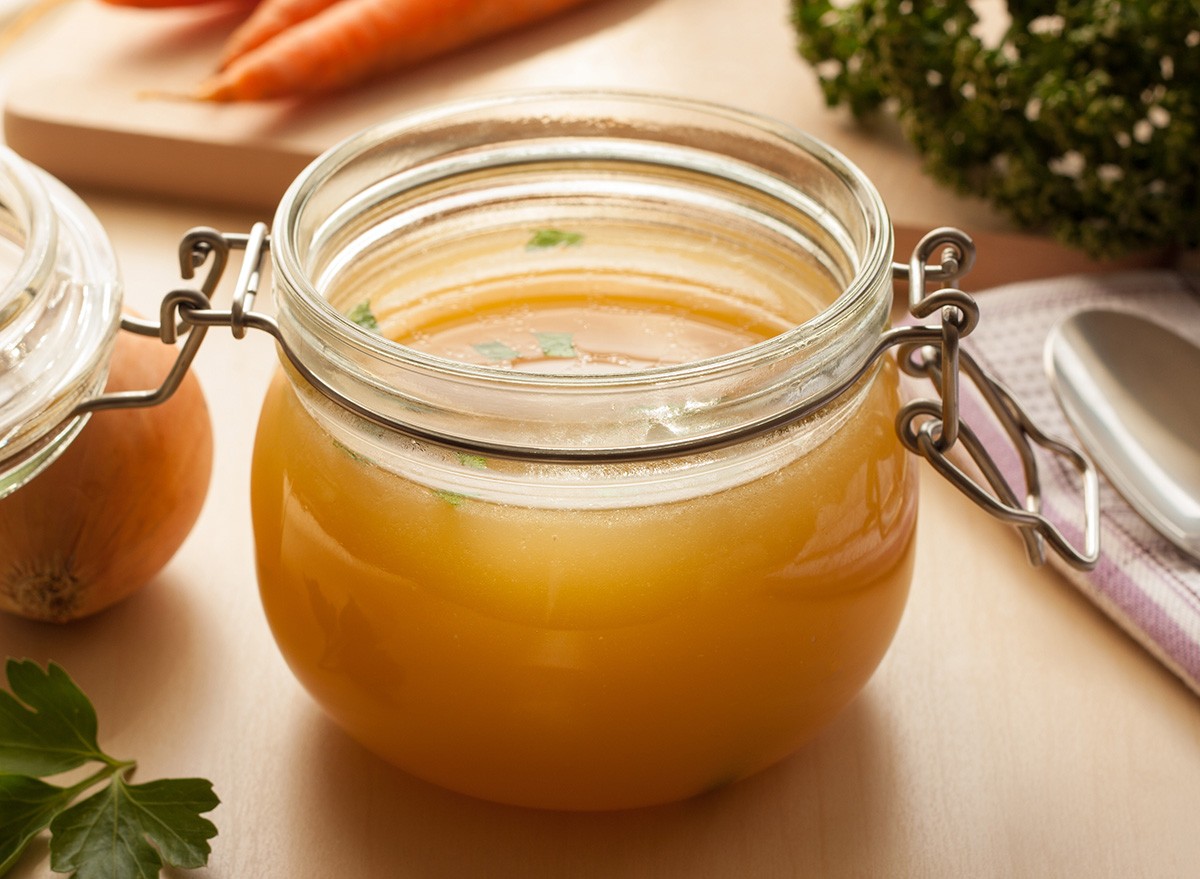
A low-calorie way to add flavor, broth is rich in minerals and helps with hydration. Use it as a base for soups, stews, or sip it warm as a light, savory snack.
Lettuce (Iceberg): 14 calories
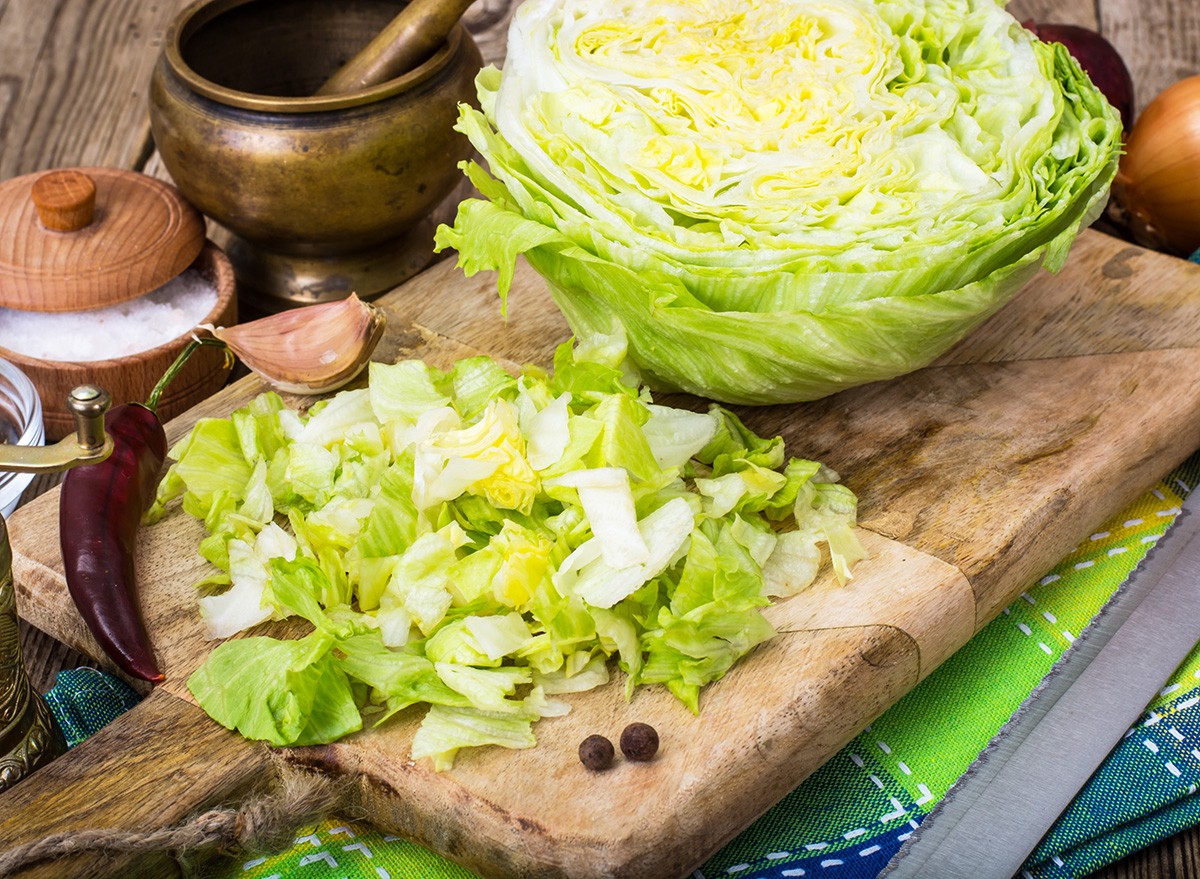
Crisp and refreshing, iceberg lettuce is mostly water but still provides fiber and hydration. Use it as a base for salads, in wraps, or as a crunchy burger topping.
Cucumber: 12 calories
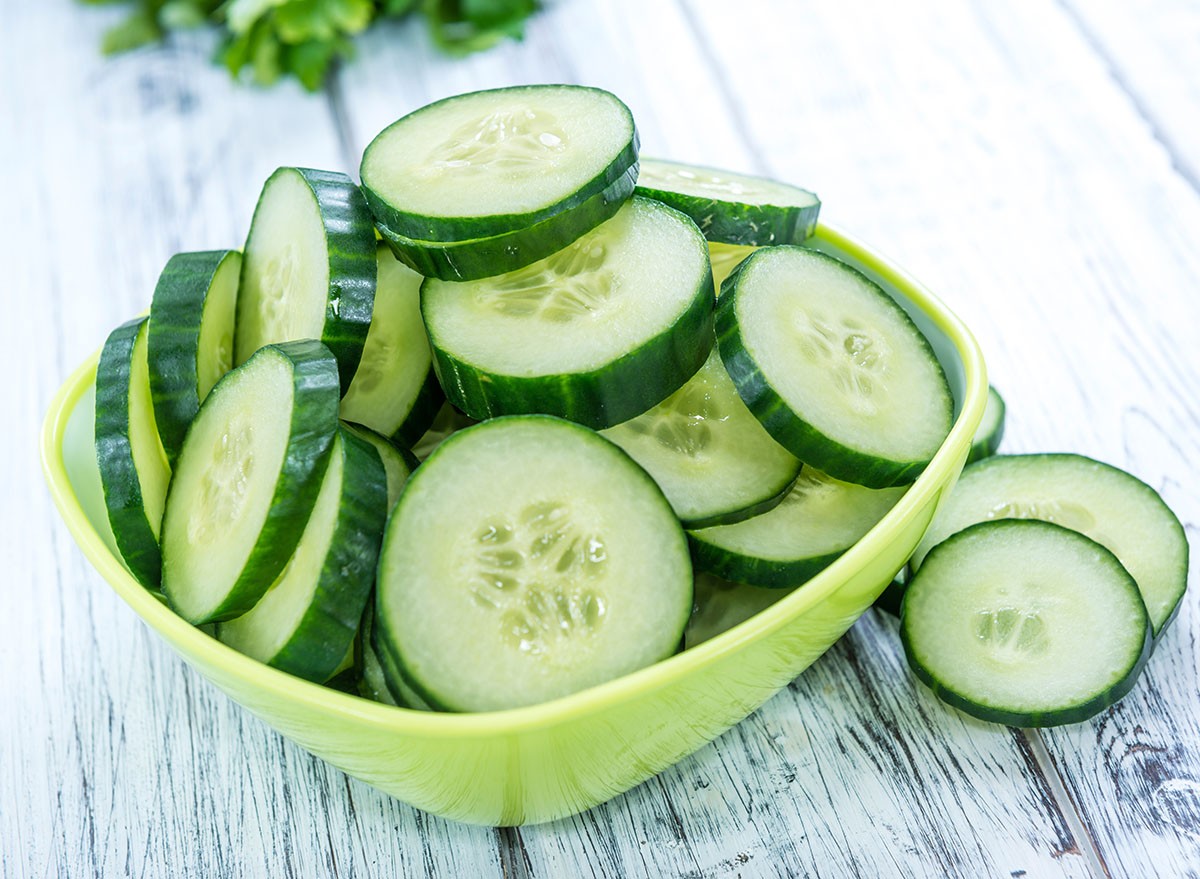
With high water content and a refreshing crunch, cucumbers help with hydration and digestion. Slice them into salads, infuse them in water, or snack on them plain.
Dill Pickles: 12 calories
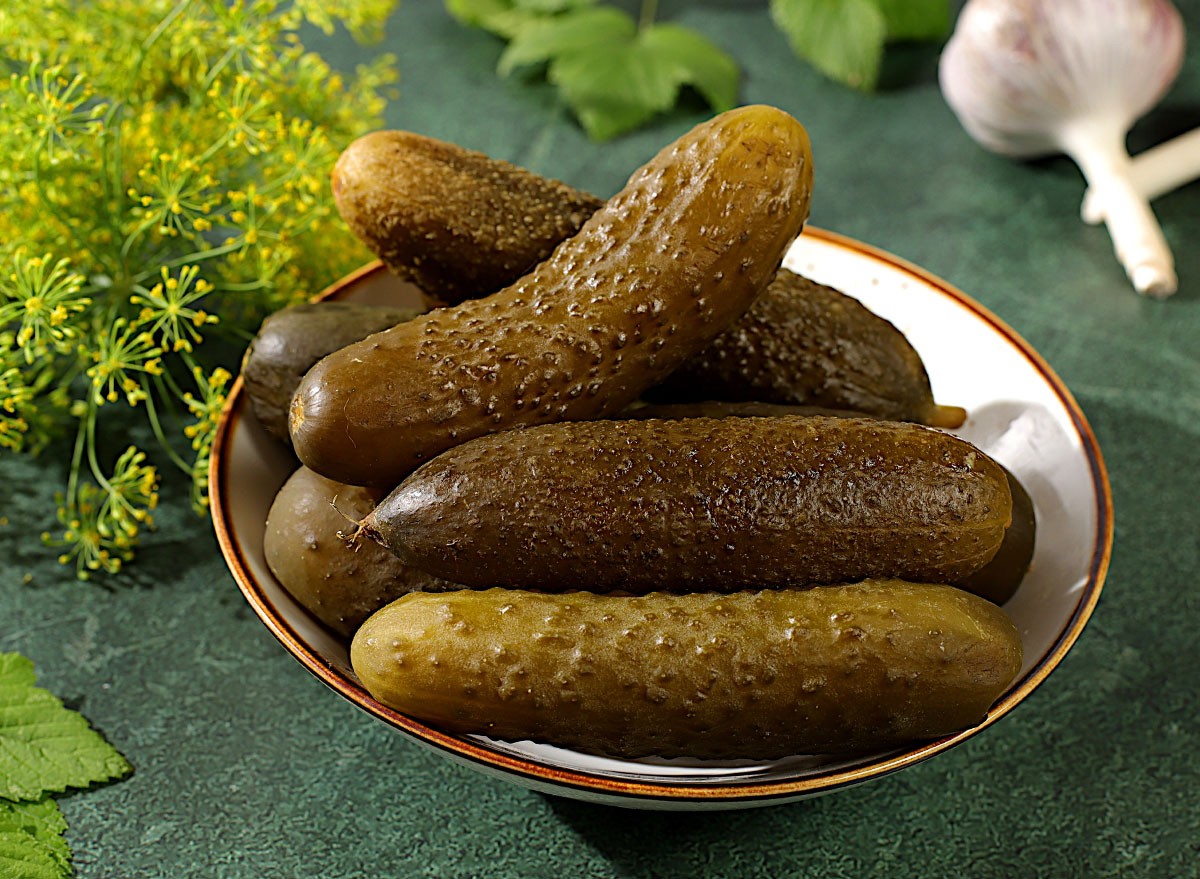
Tangy and satisfying, dill pickles add a crunchy, salty kick without many calories. Enjoy them as a snack, chop them into salads, or add them to sandwiches.
Sugar-free Jello: 11 calories
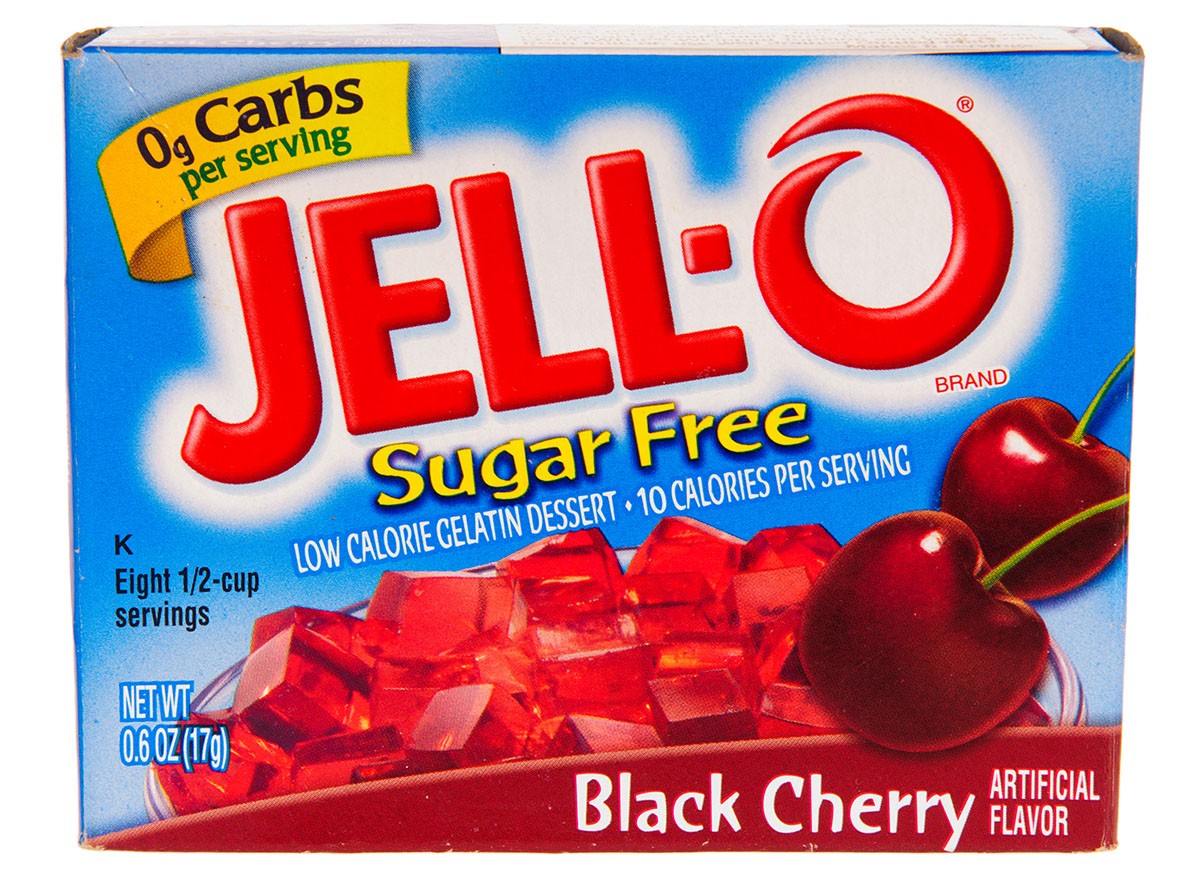
A light, guilt-free dessert, sugar-free Jello satisfies your sweet tooth with almost no calories. Enjoy it on its own or mix it with fruit for extra flavor and texture. And if you enjoyed this article, take advantage of these 15 Quick Ways to Lose Body Fat Percentage in a Week.




